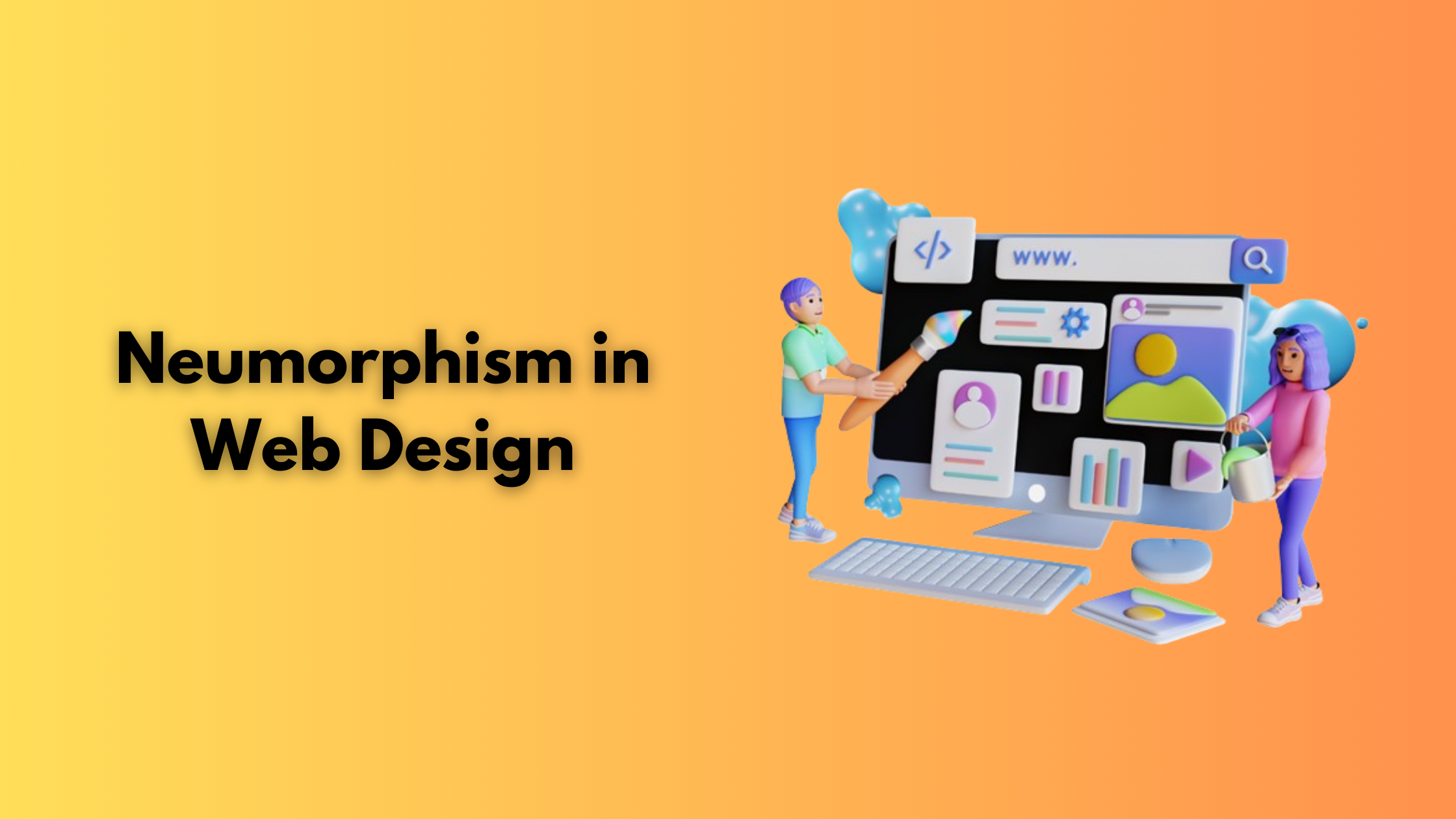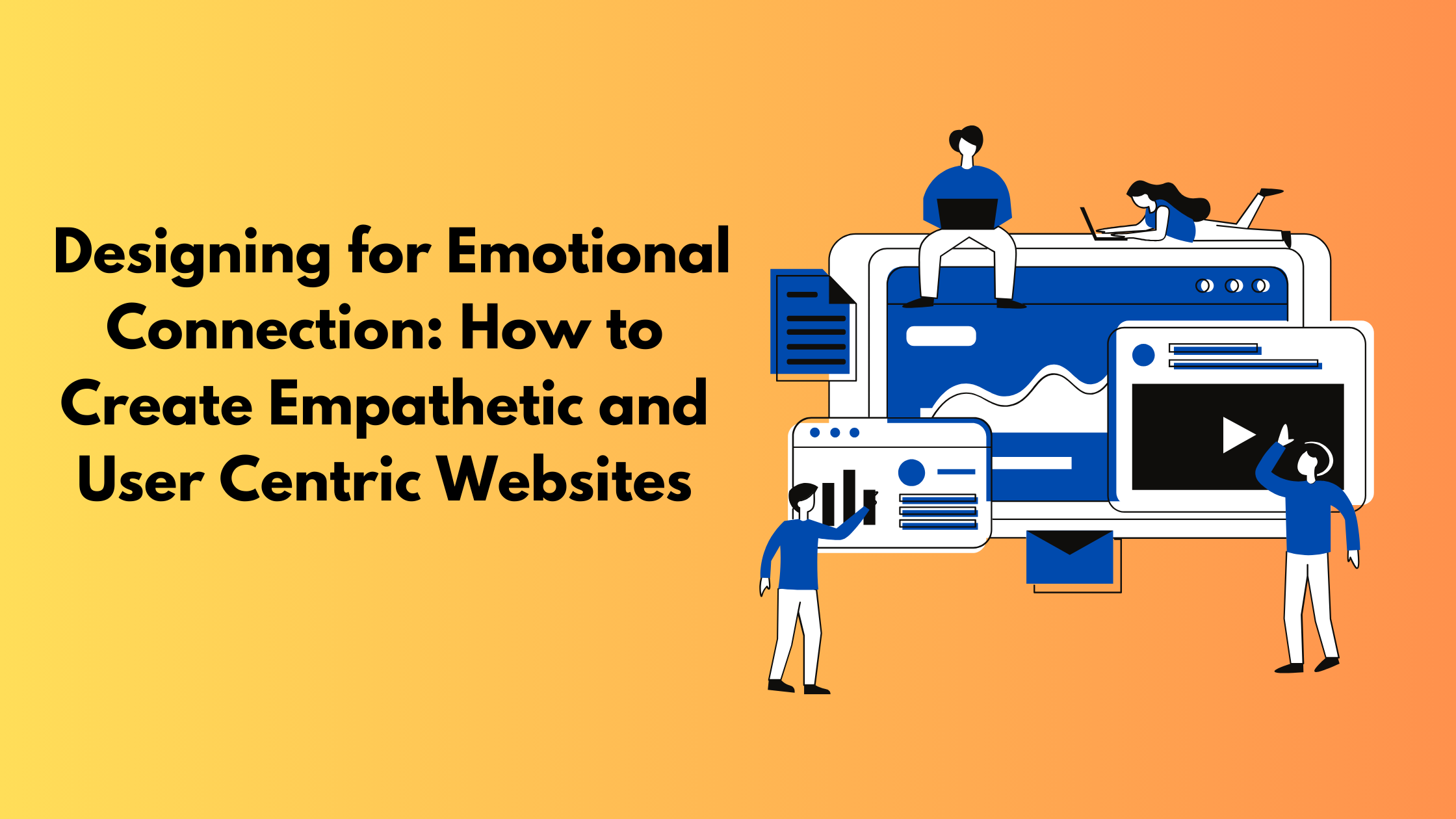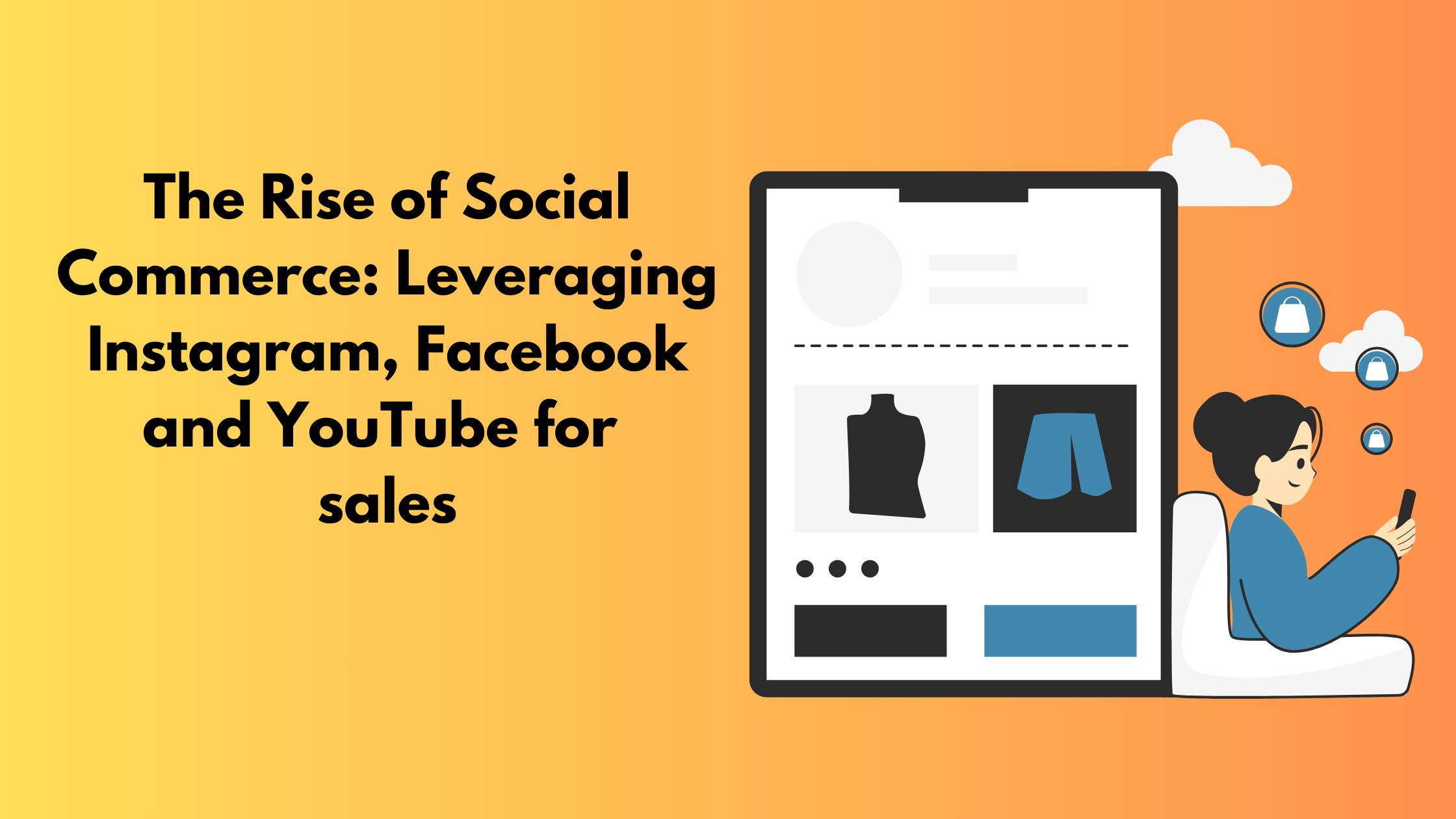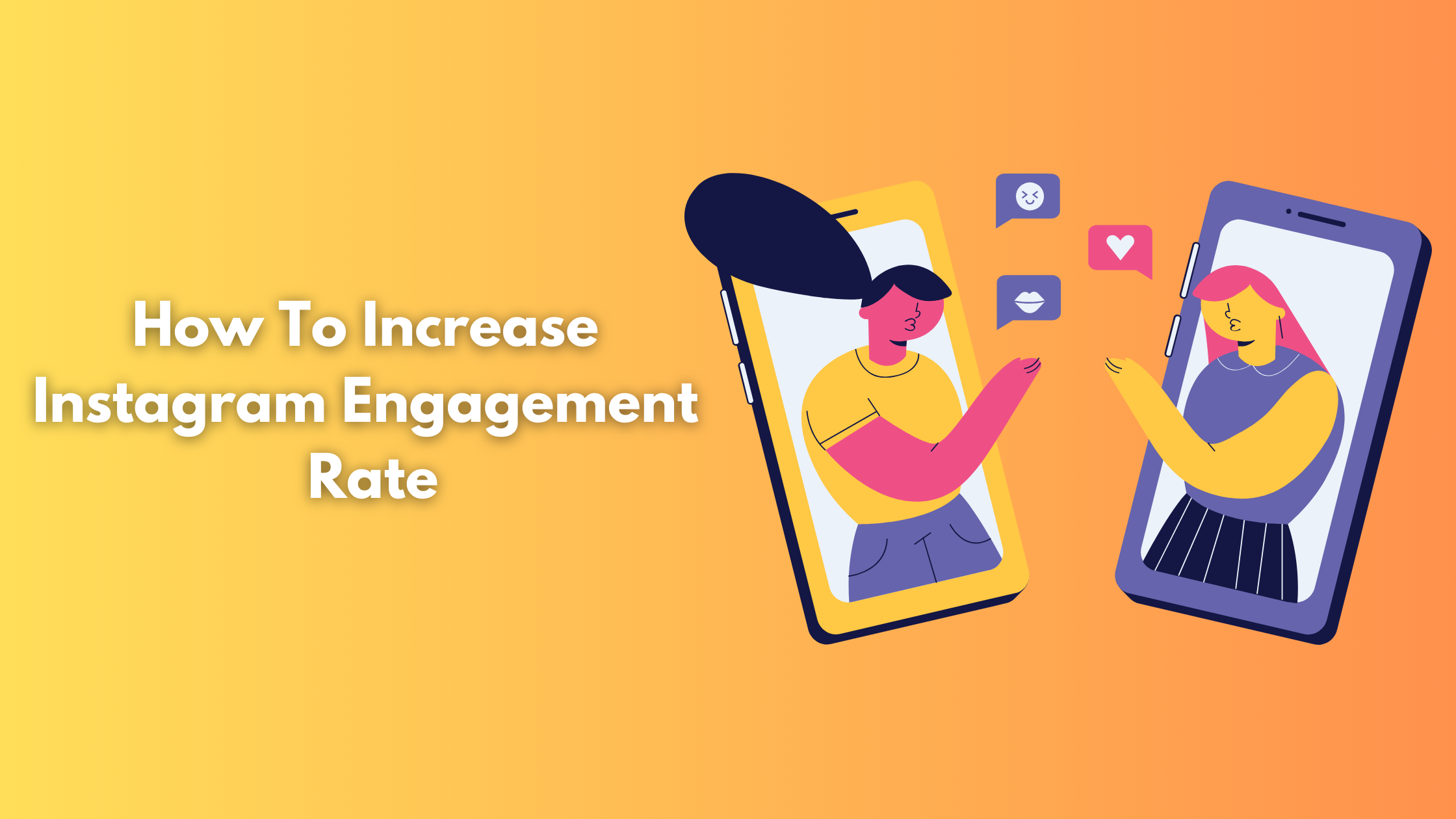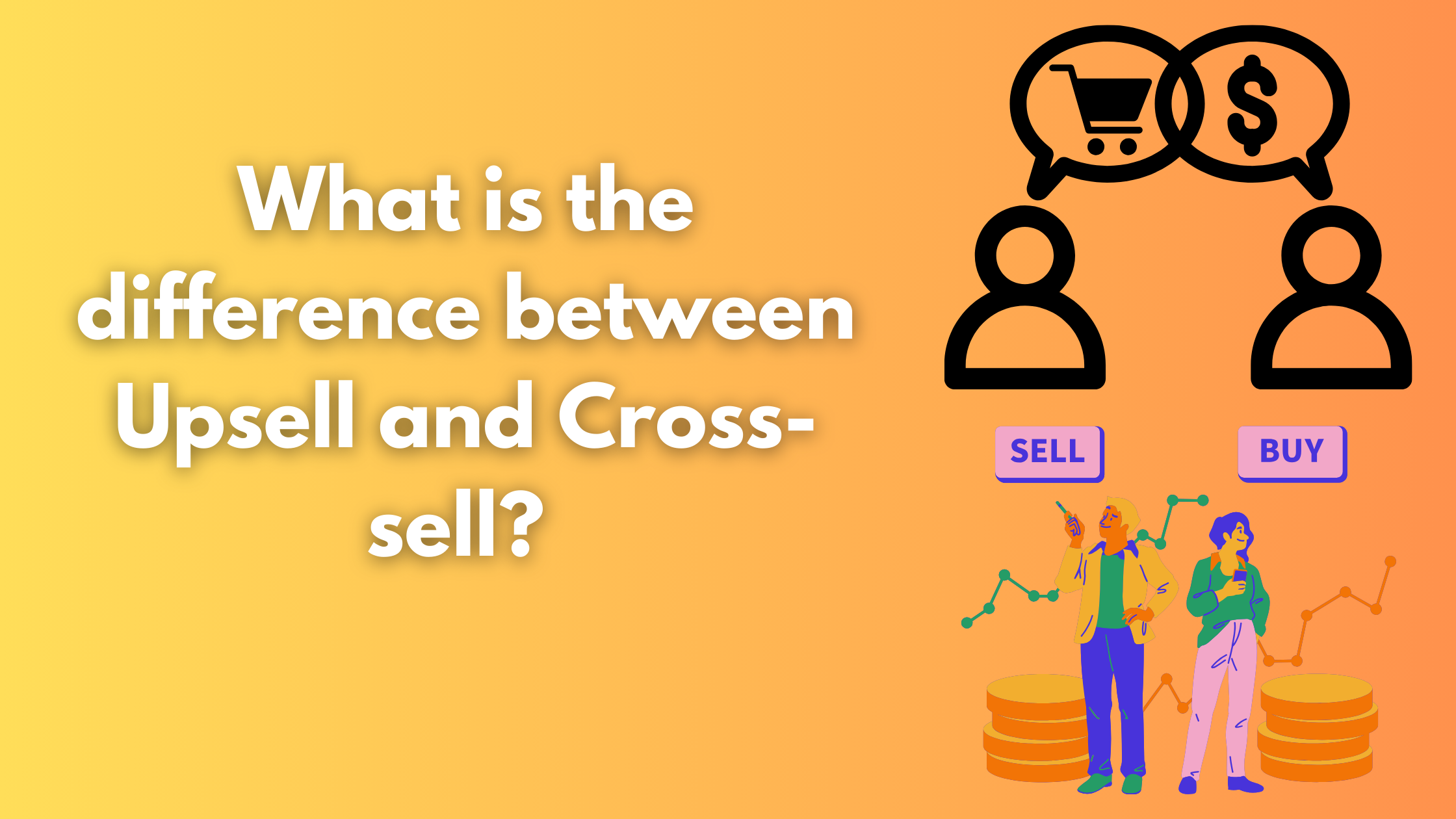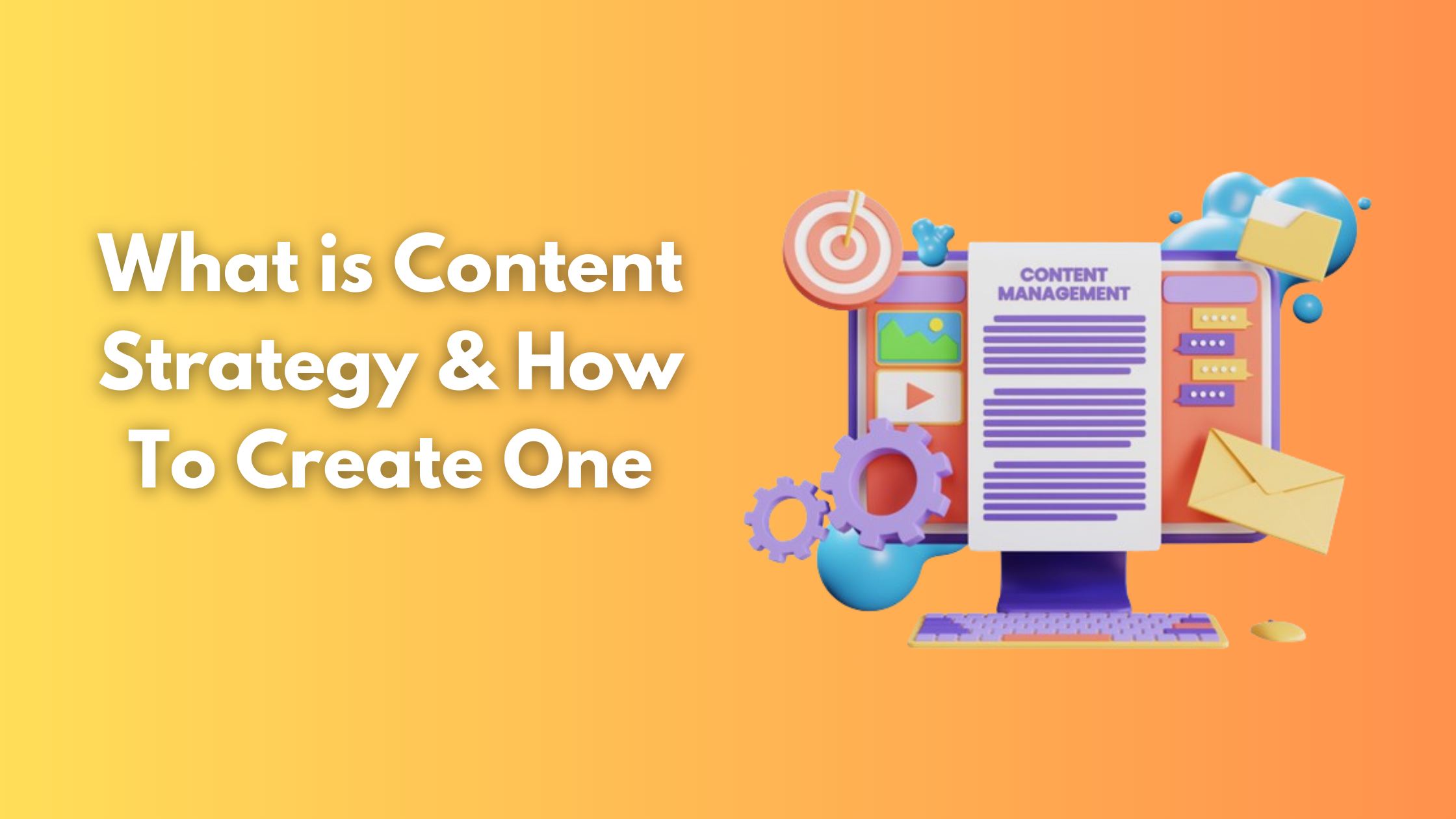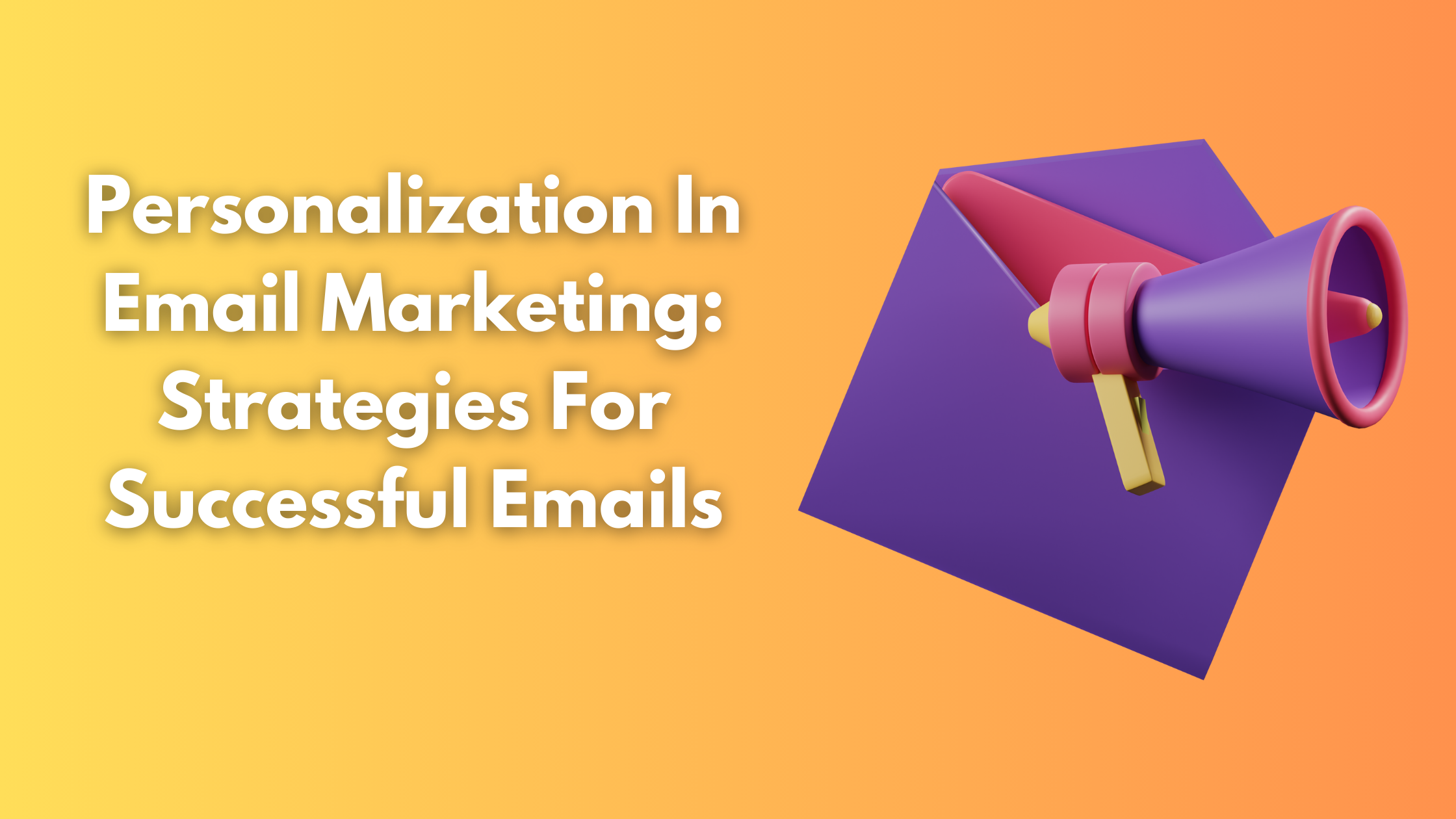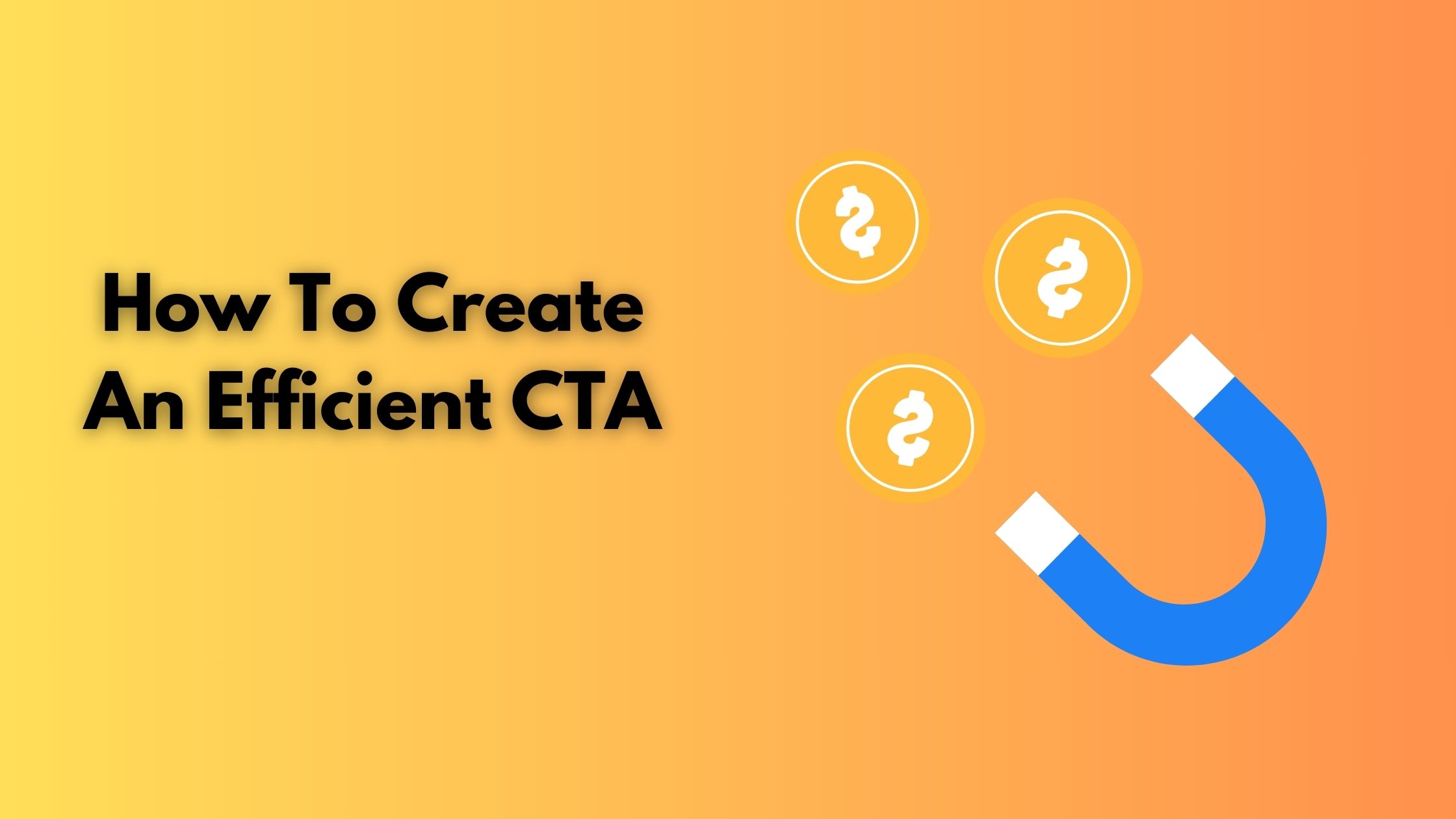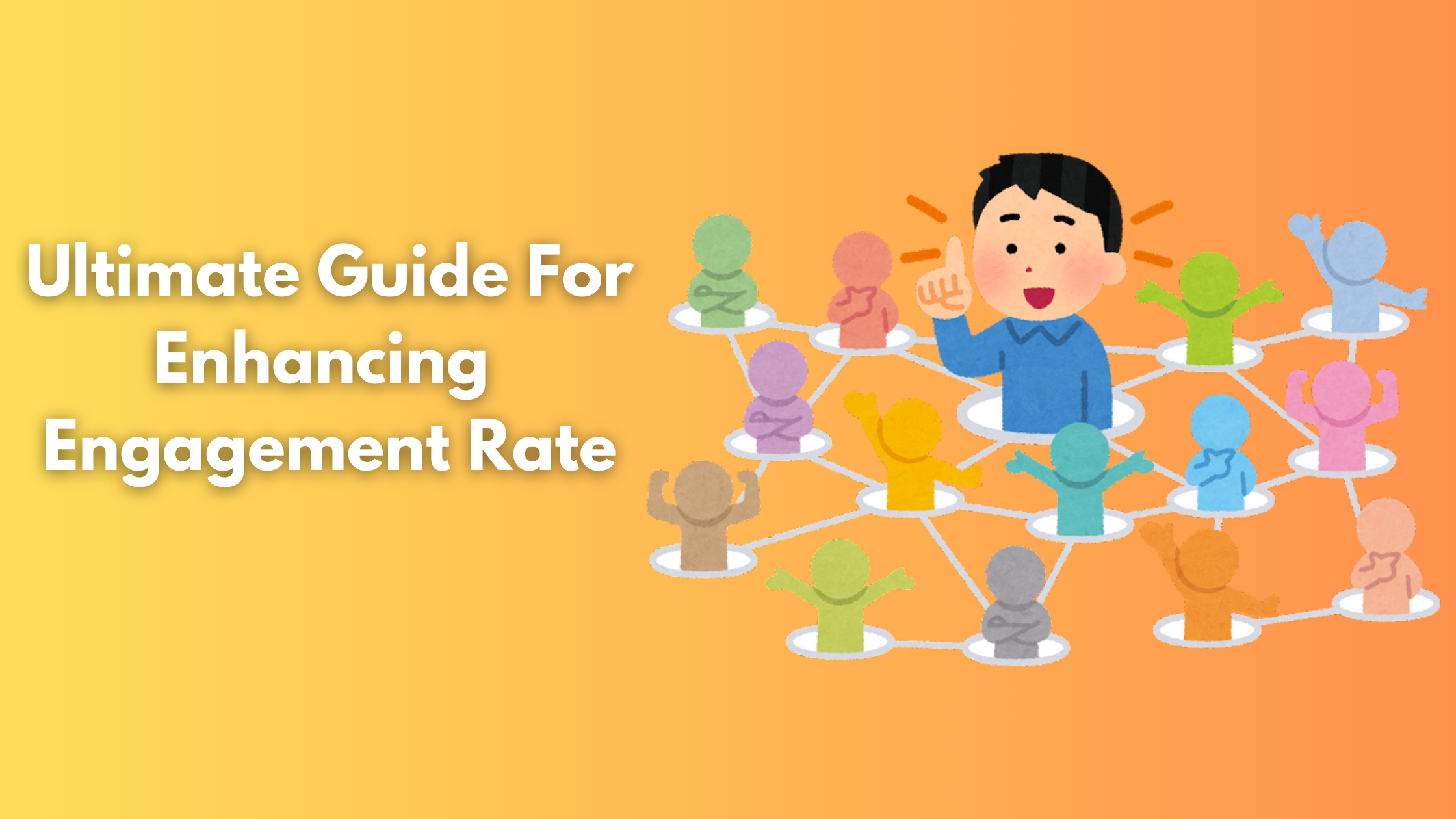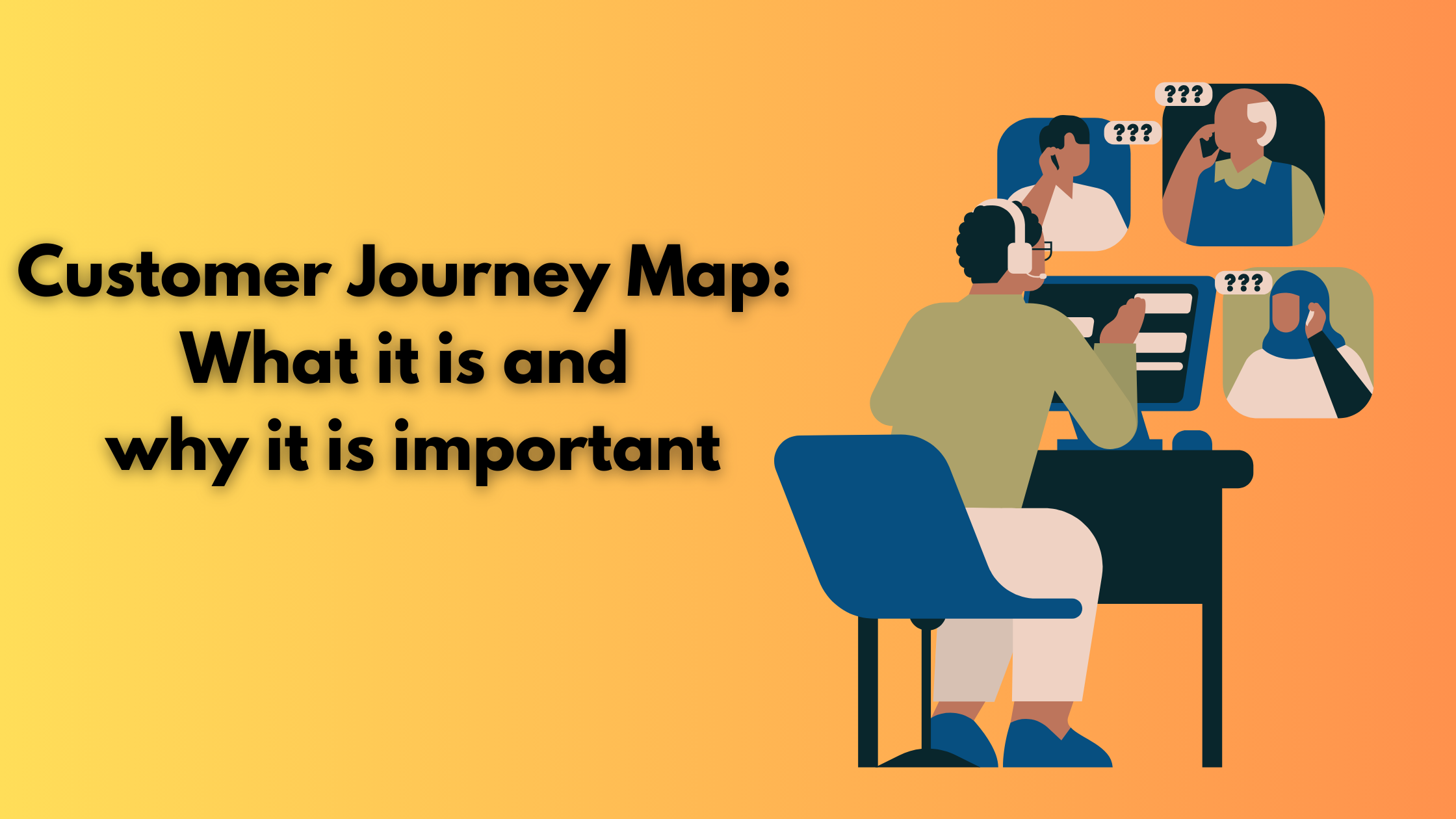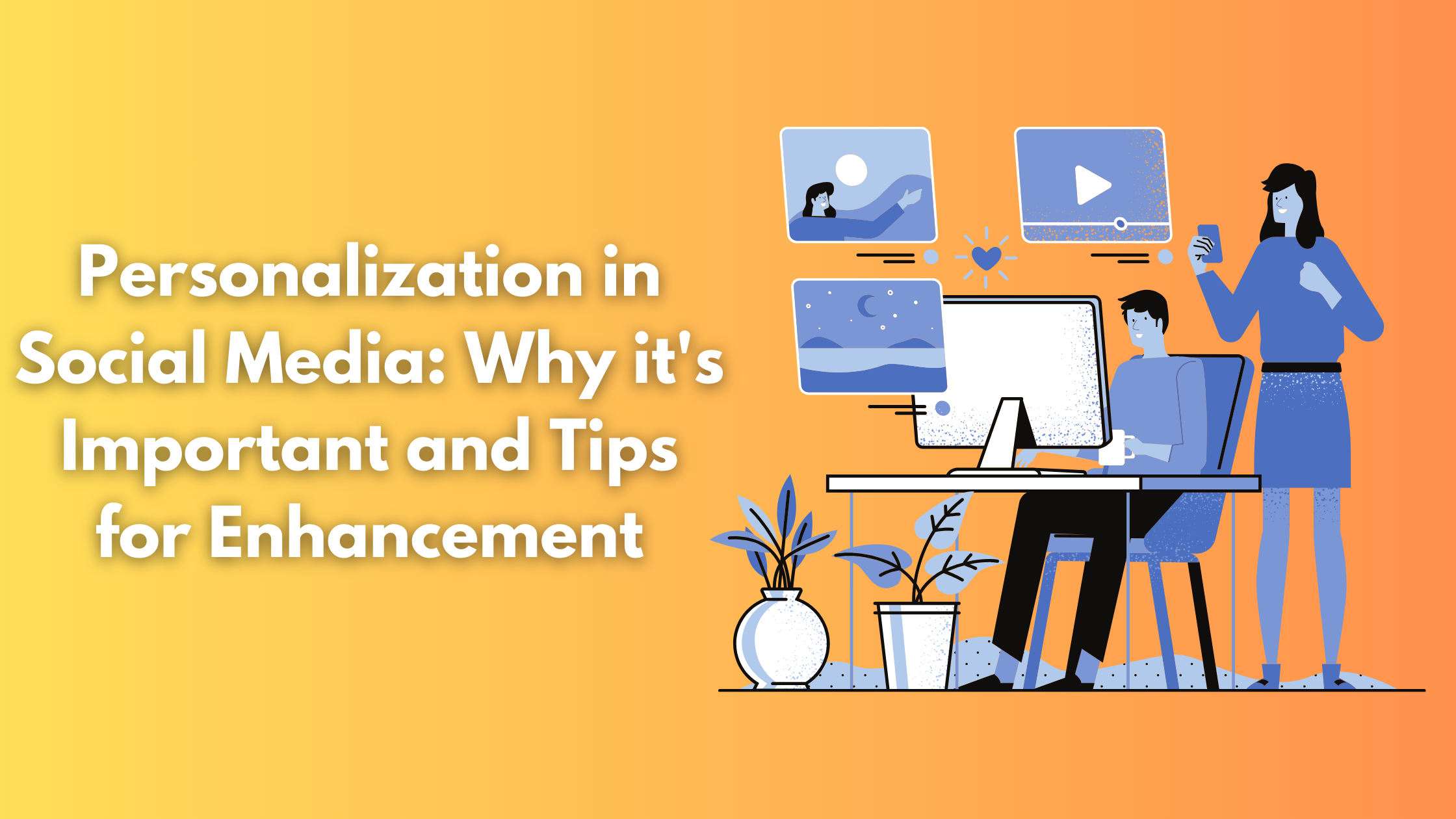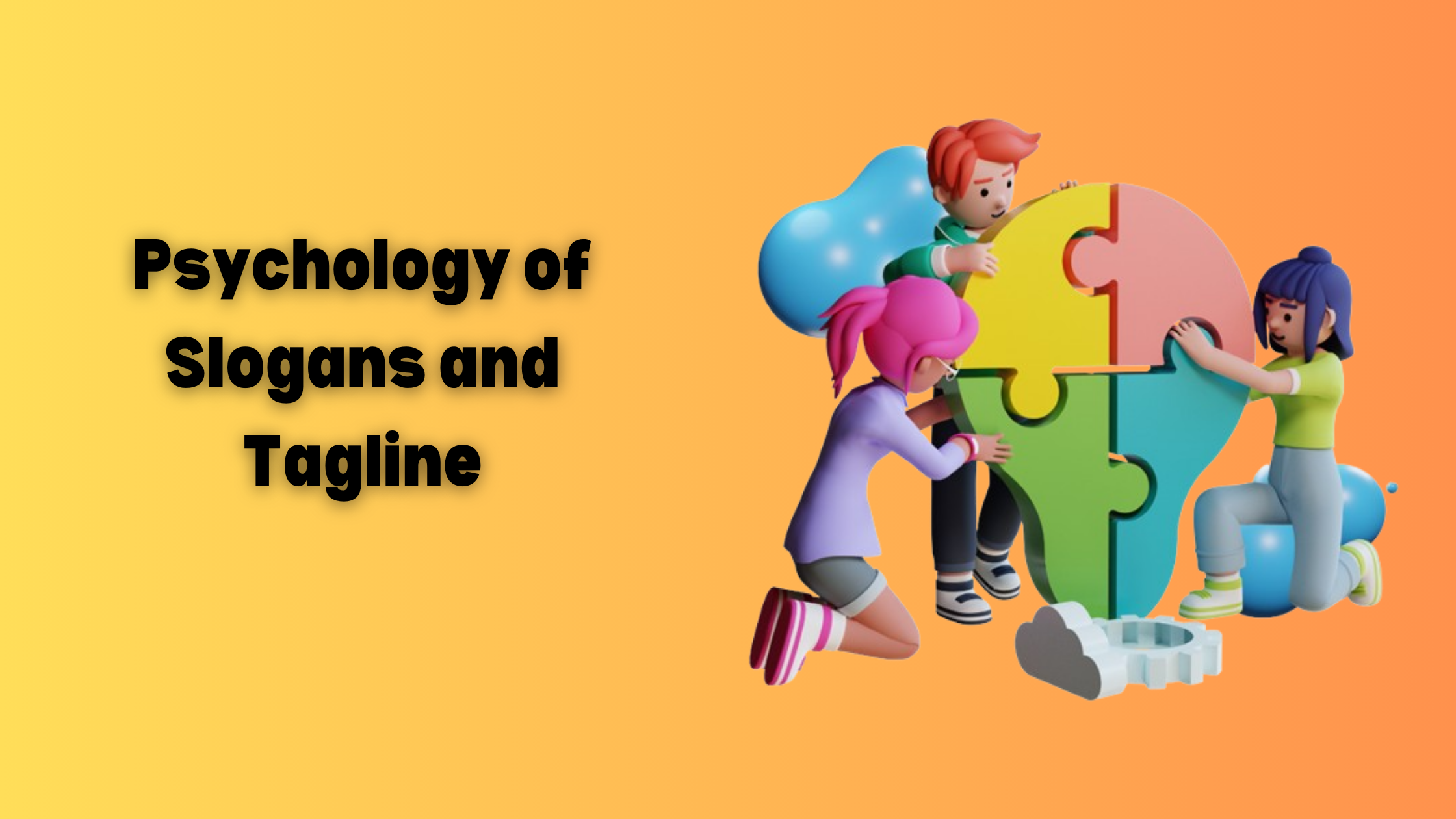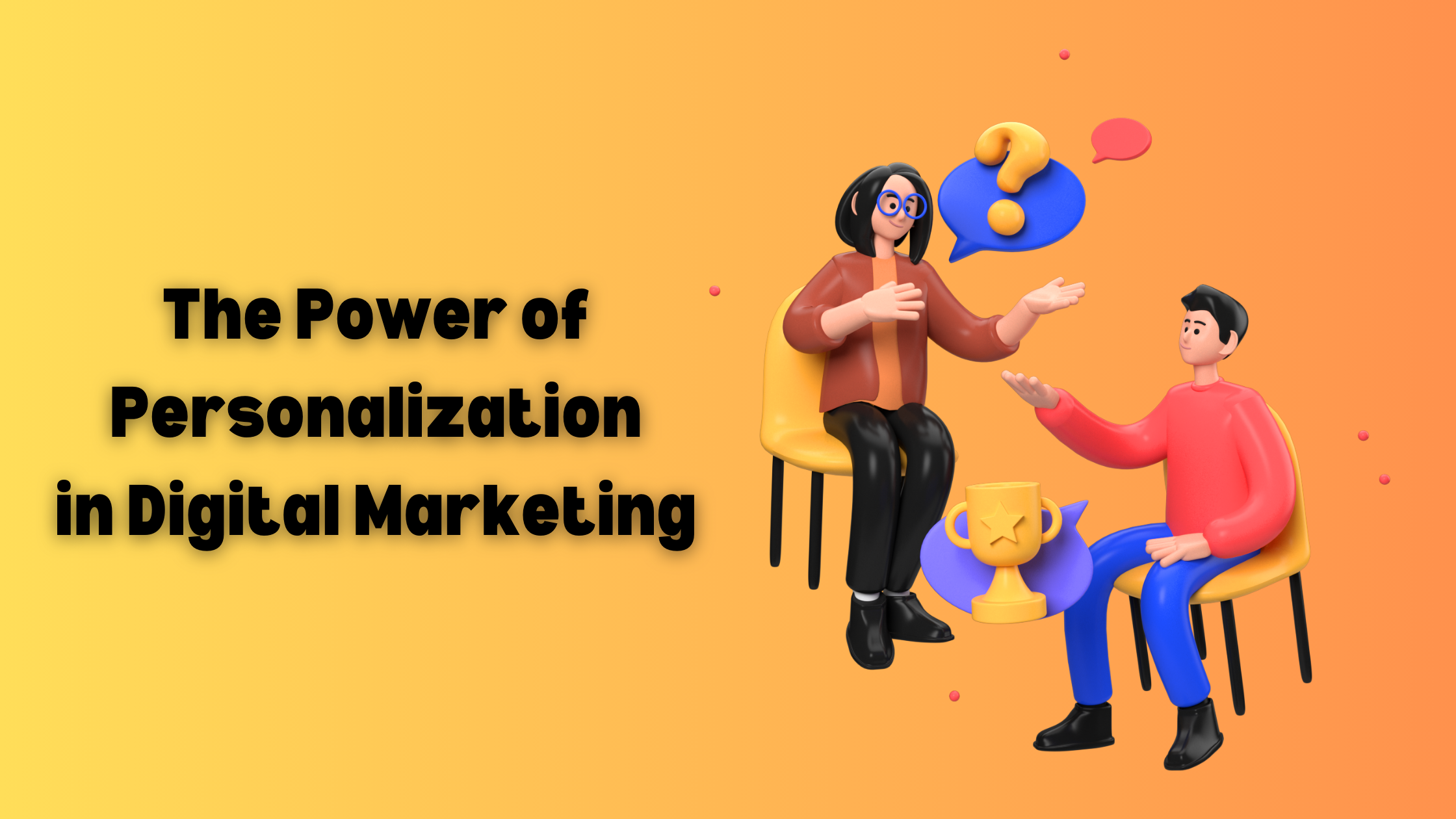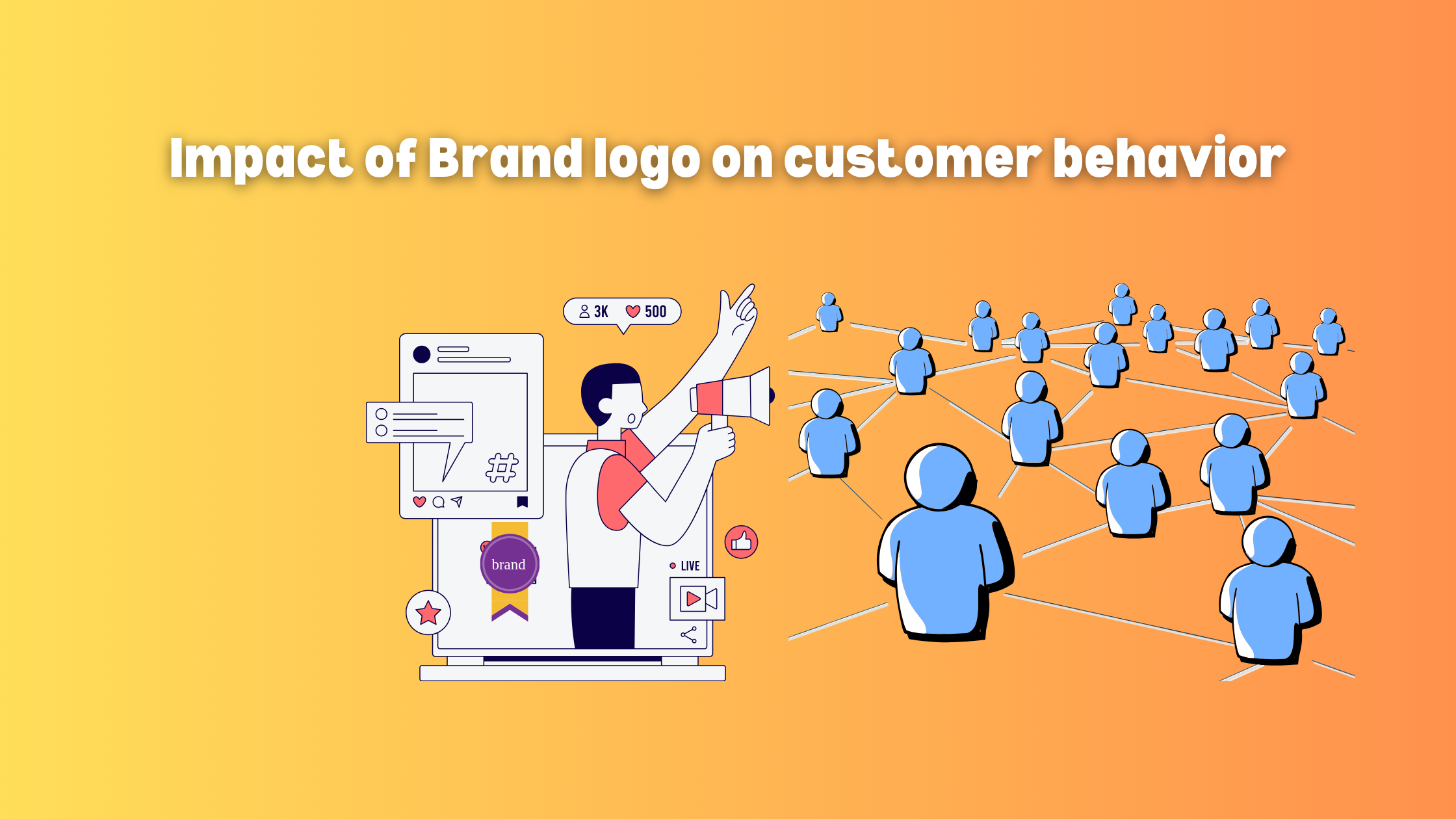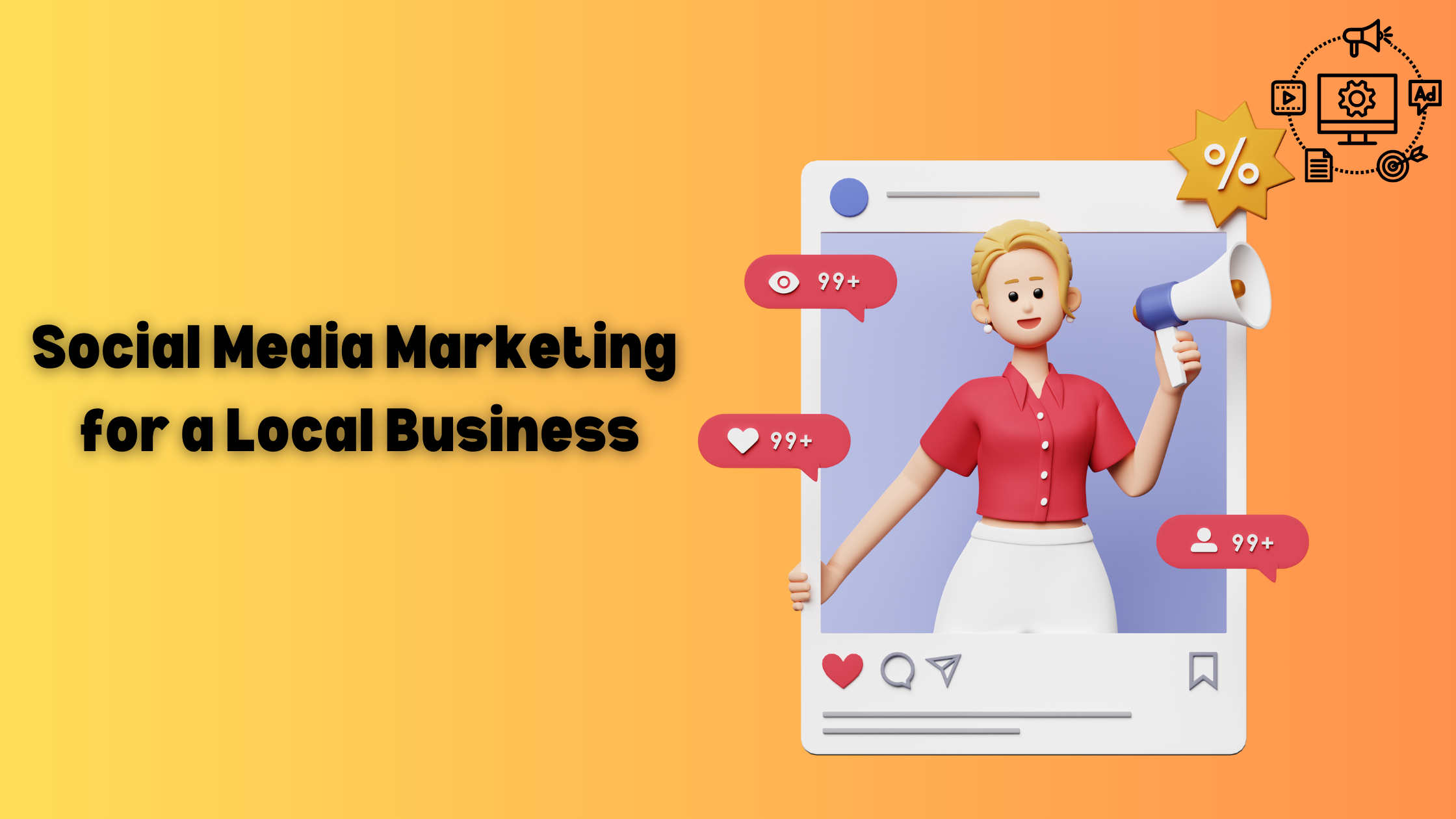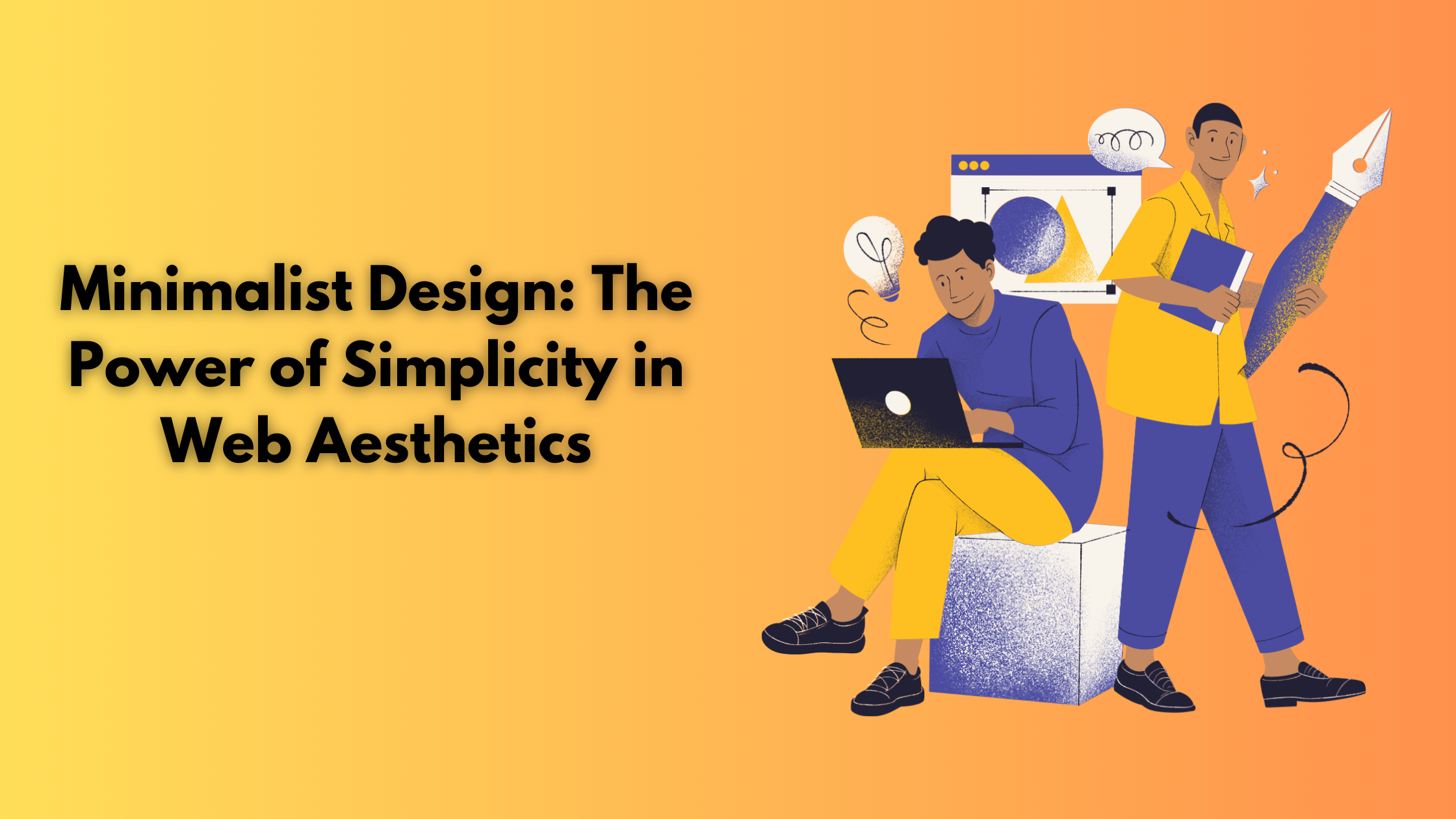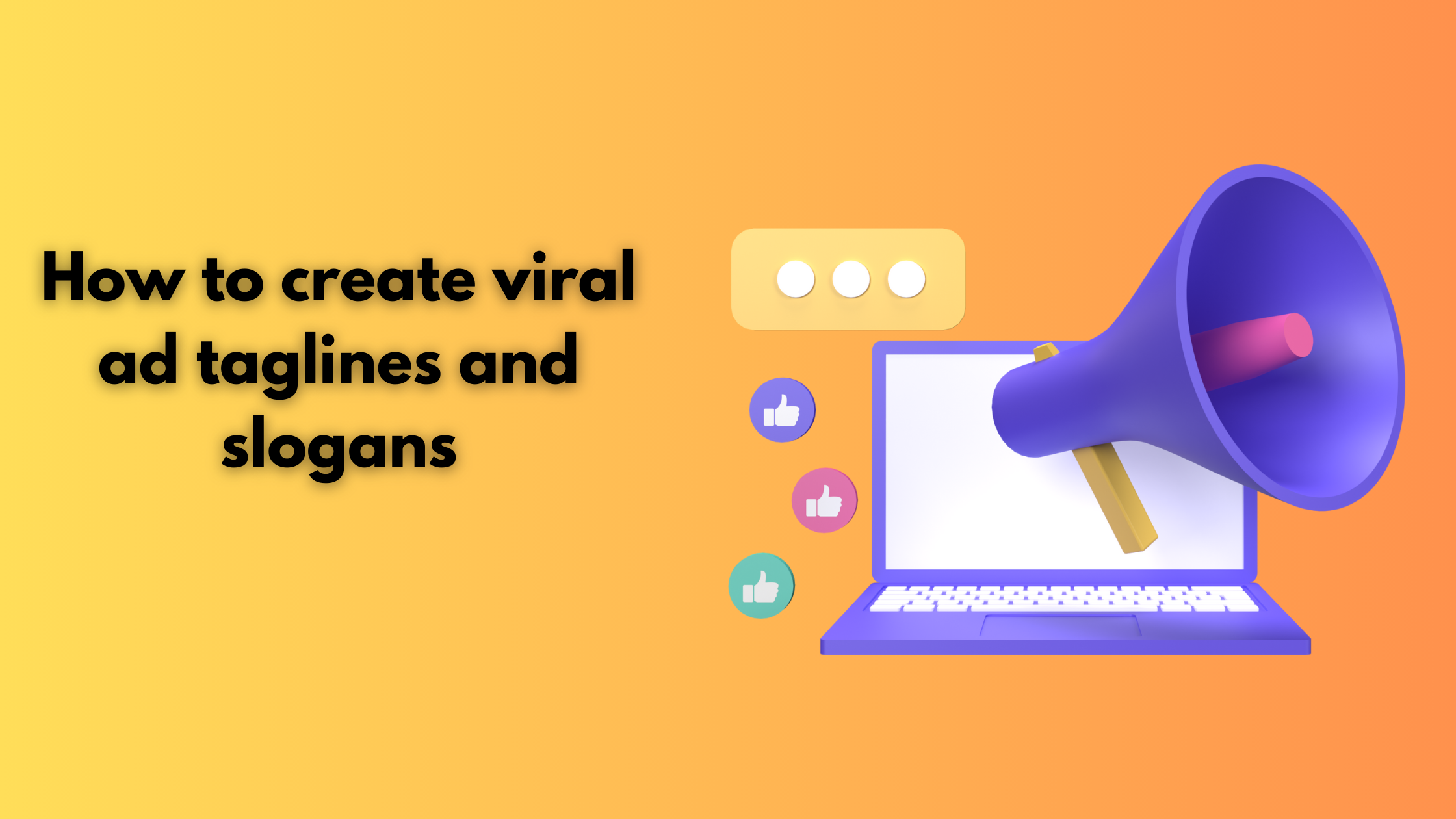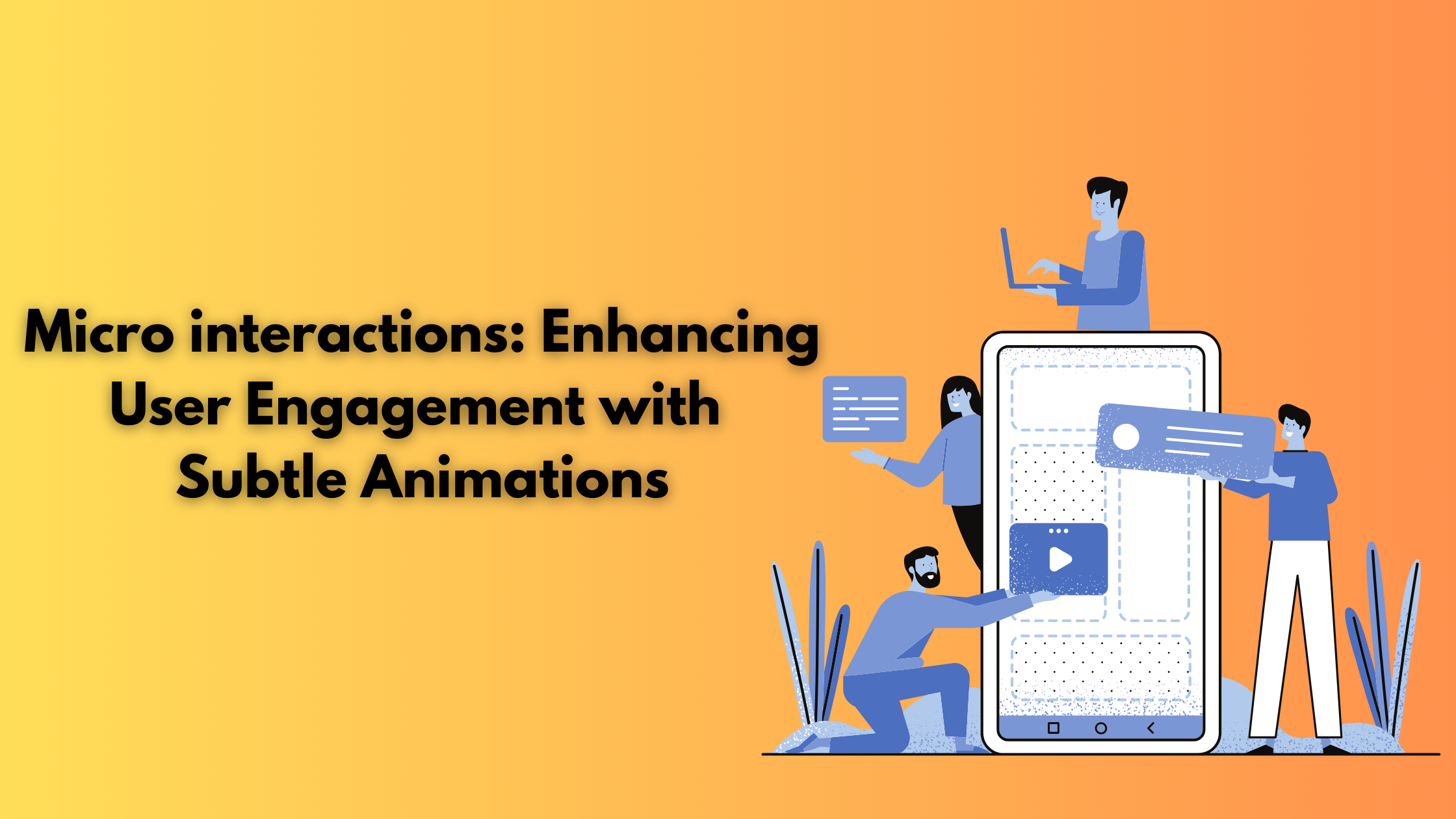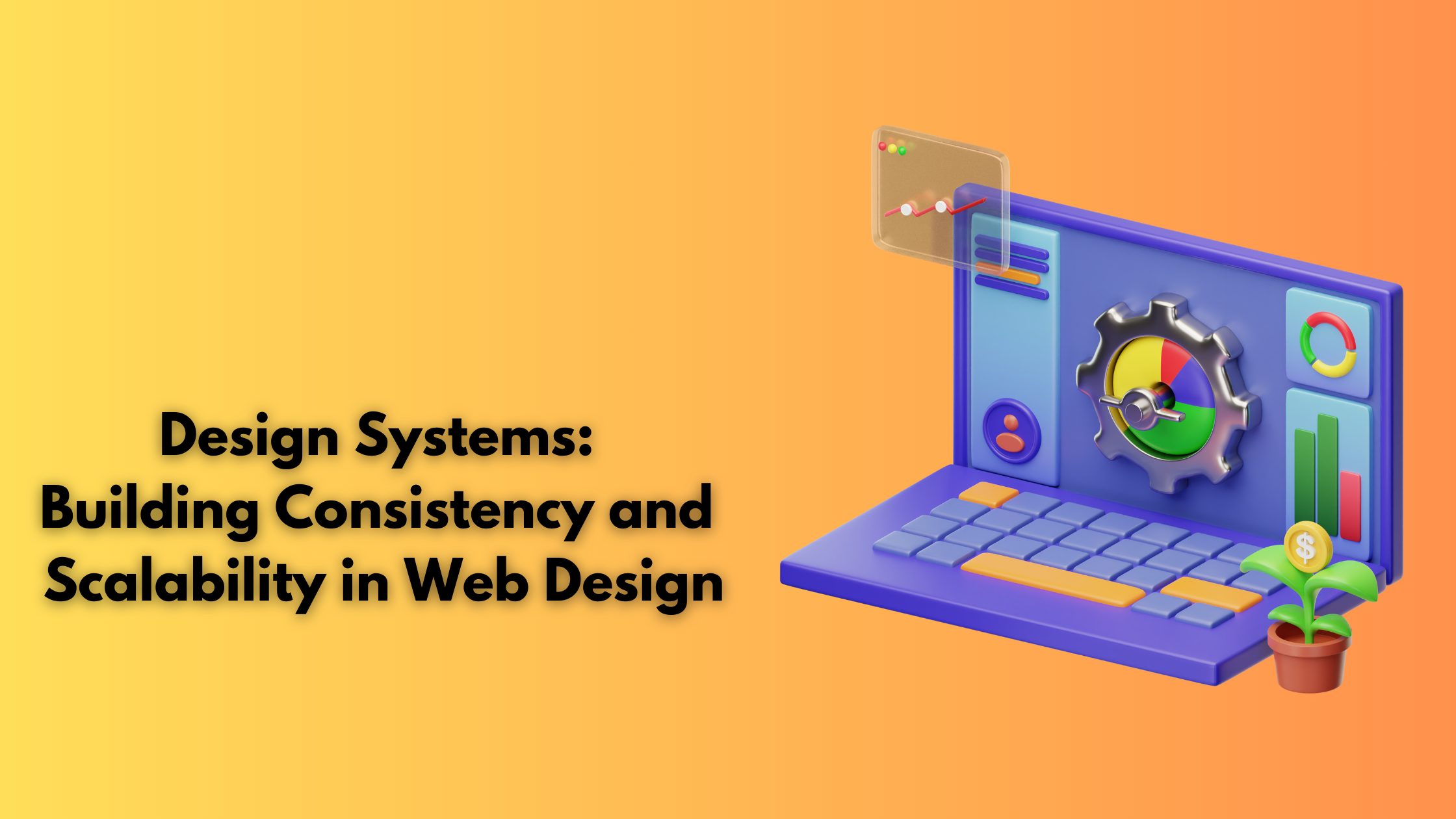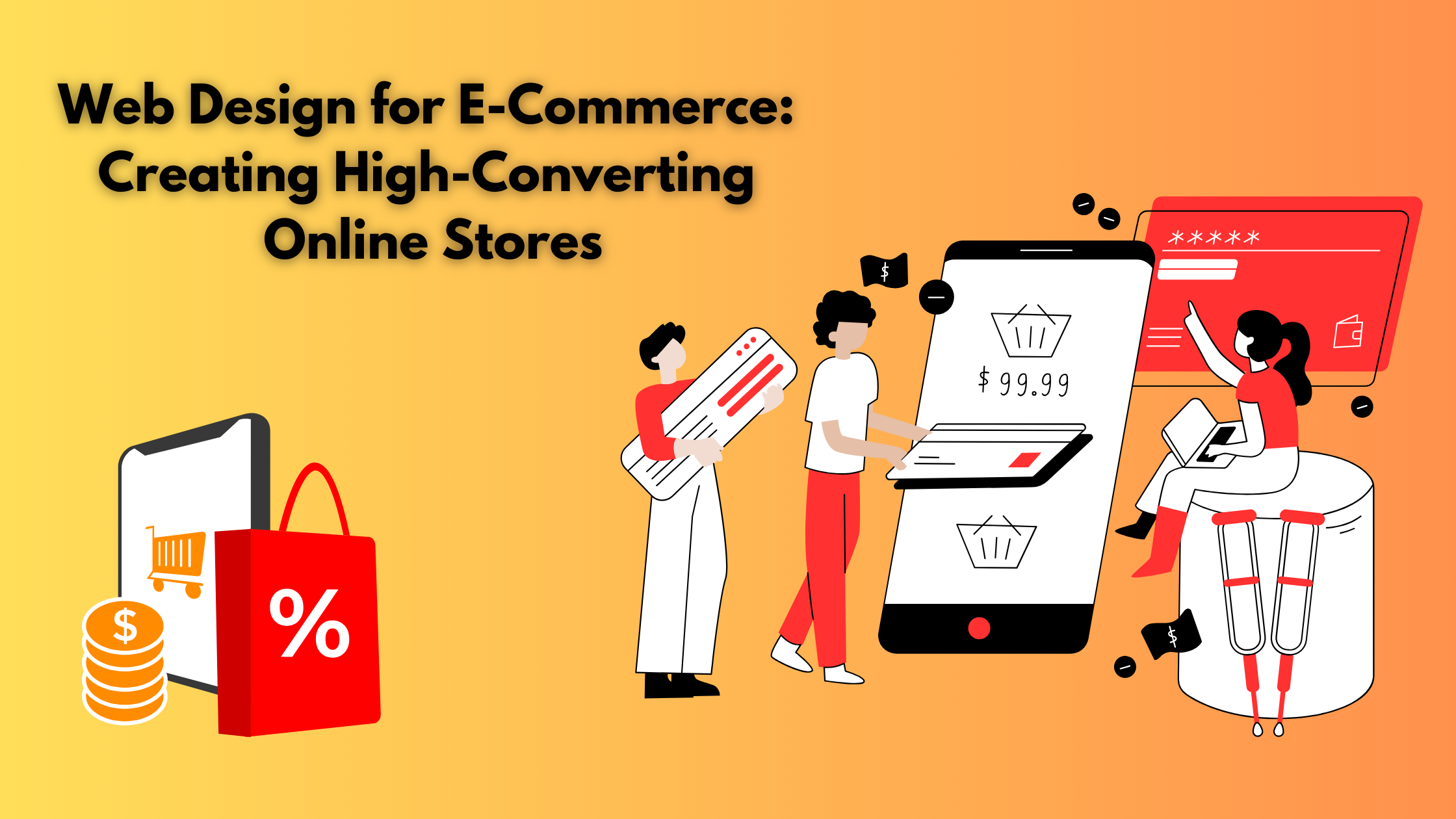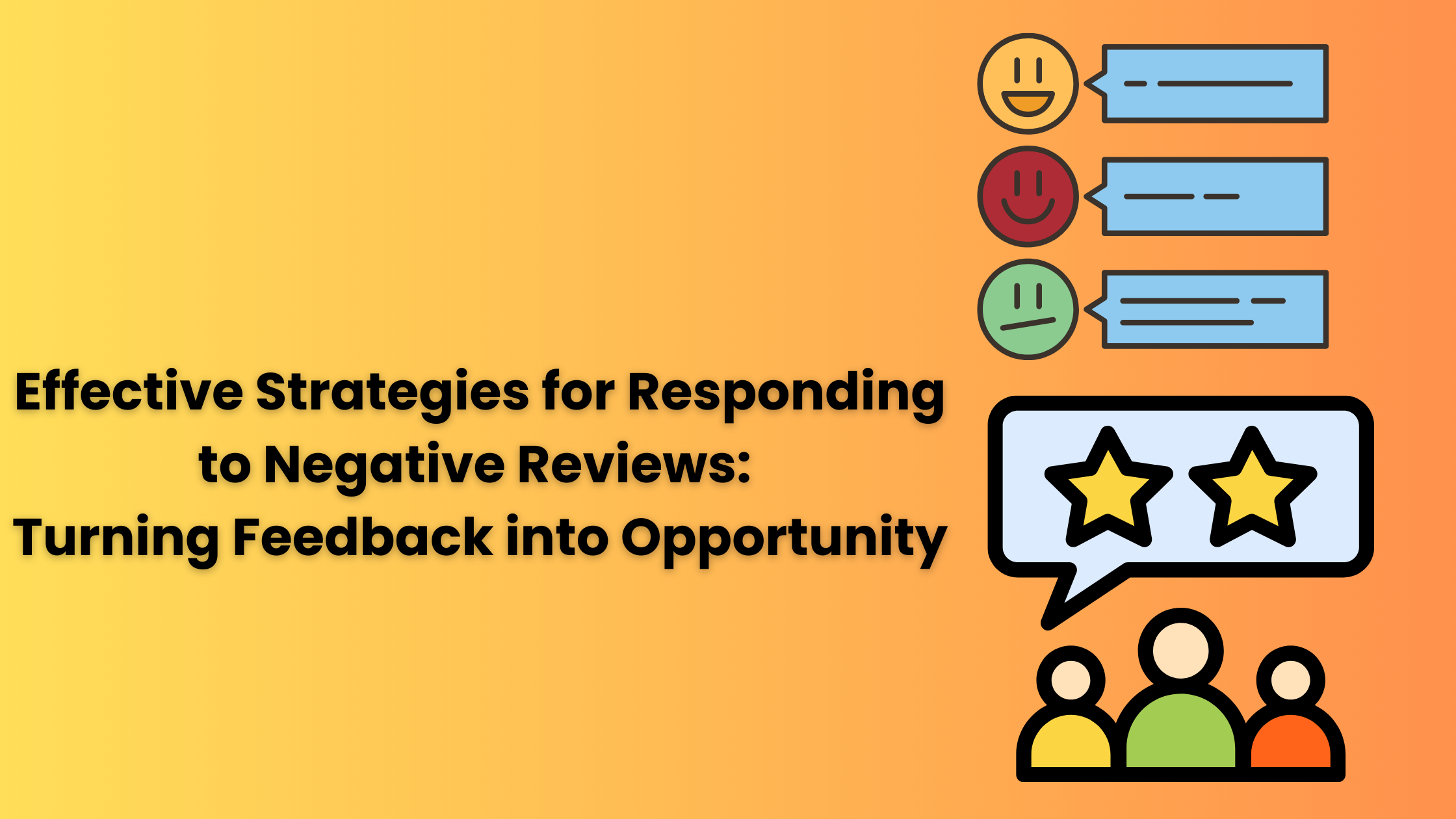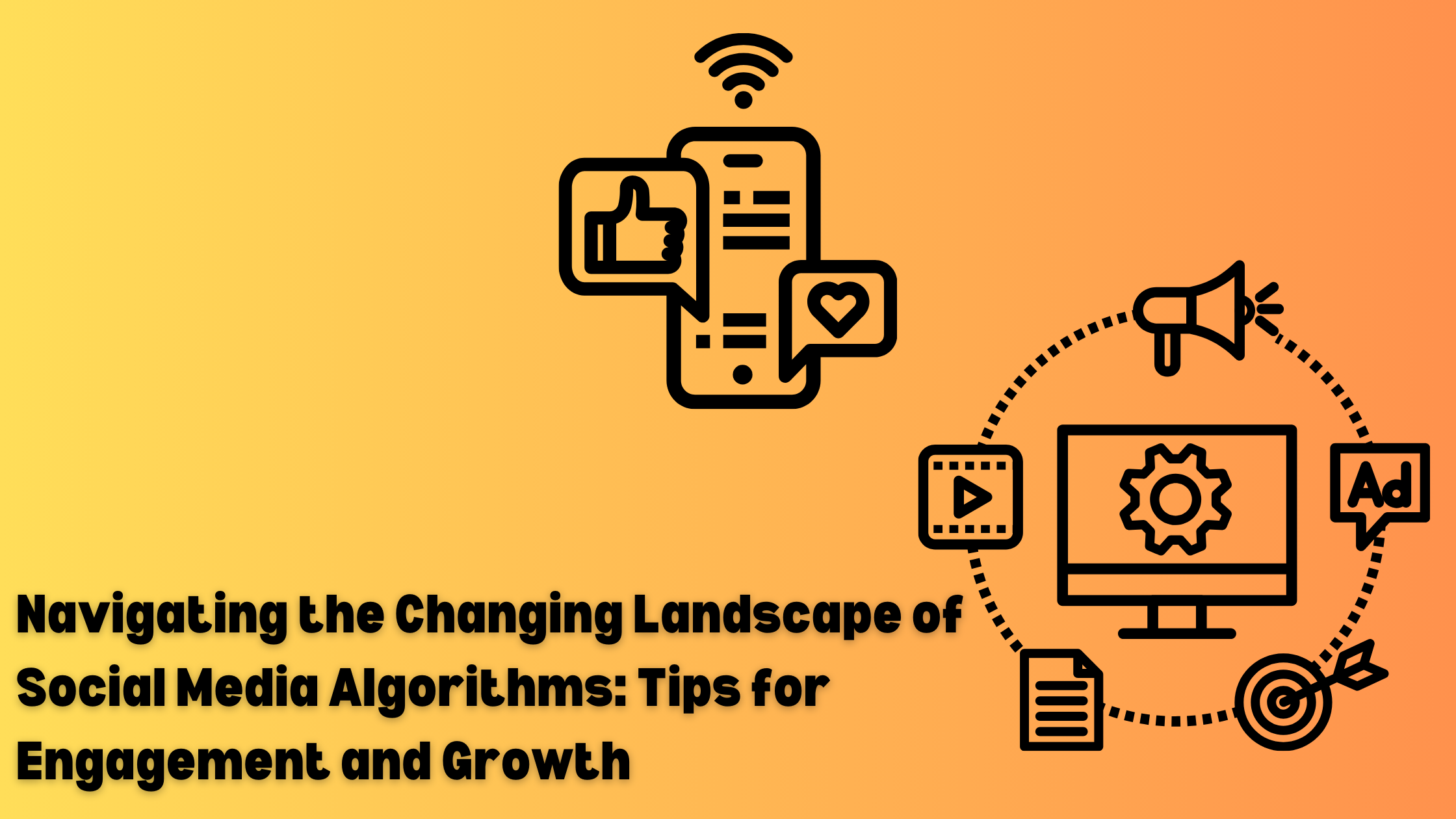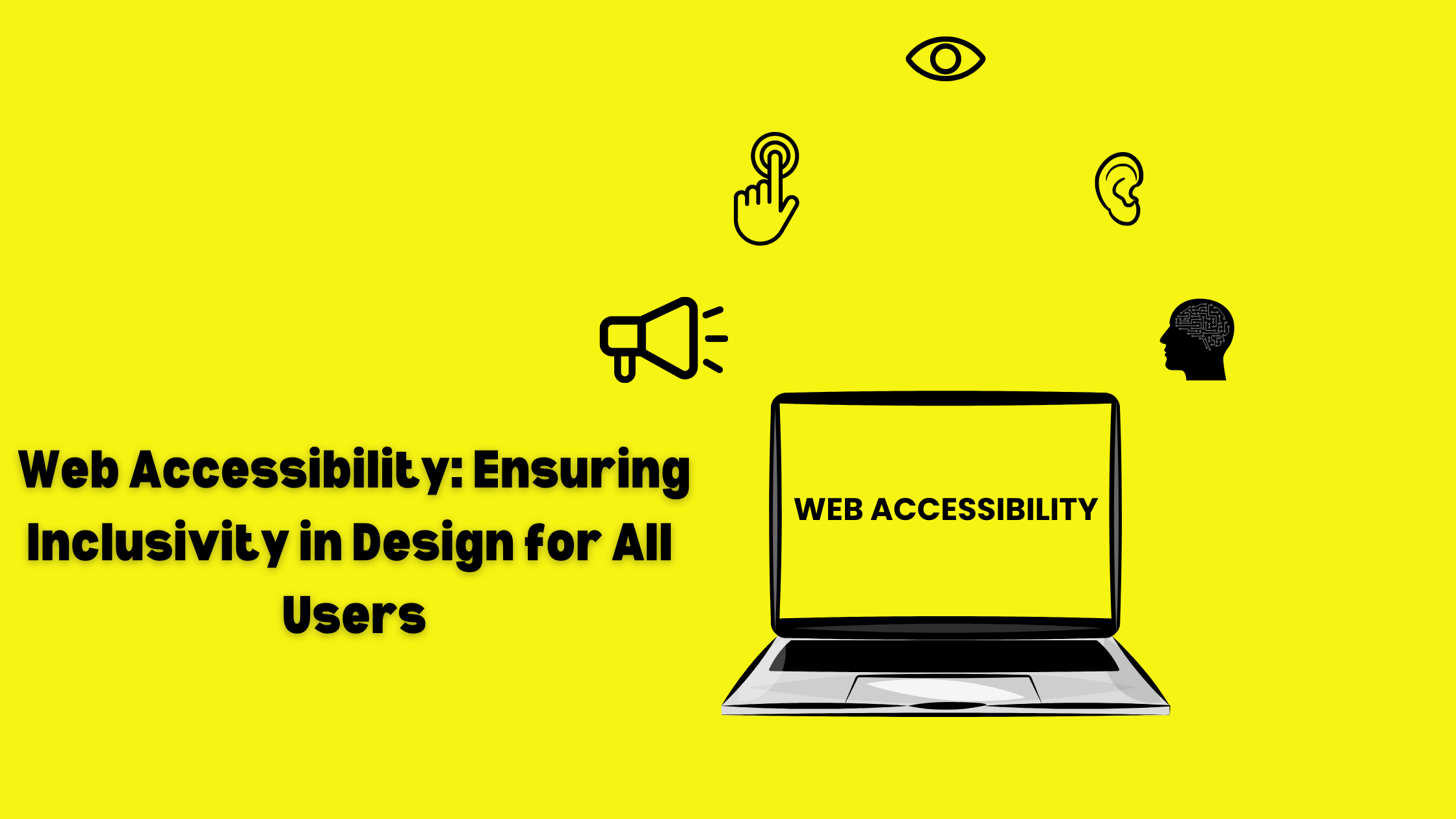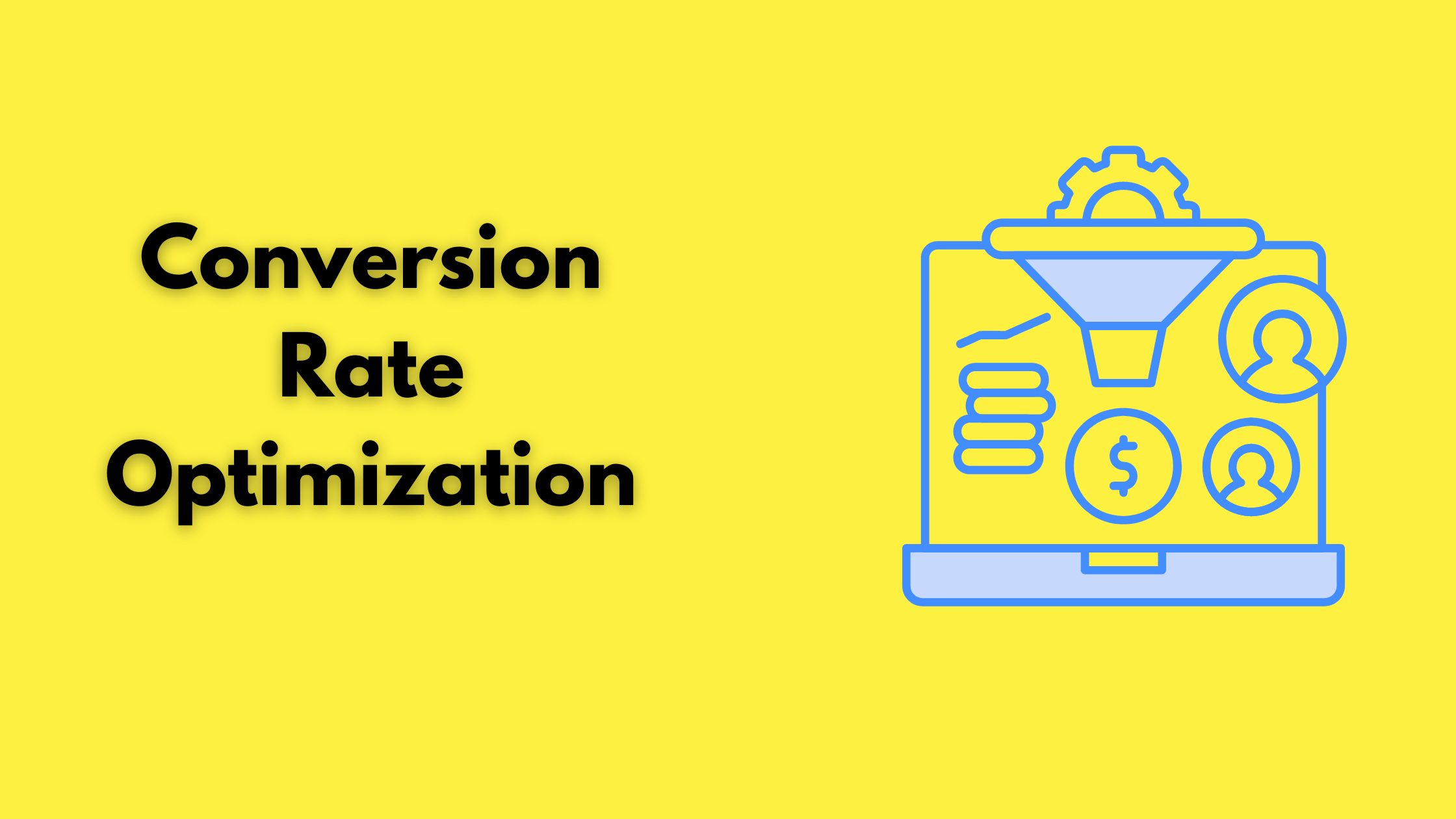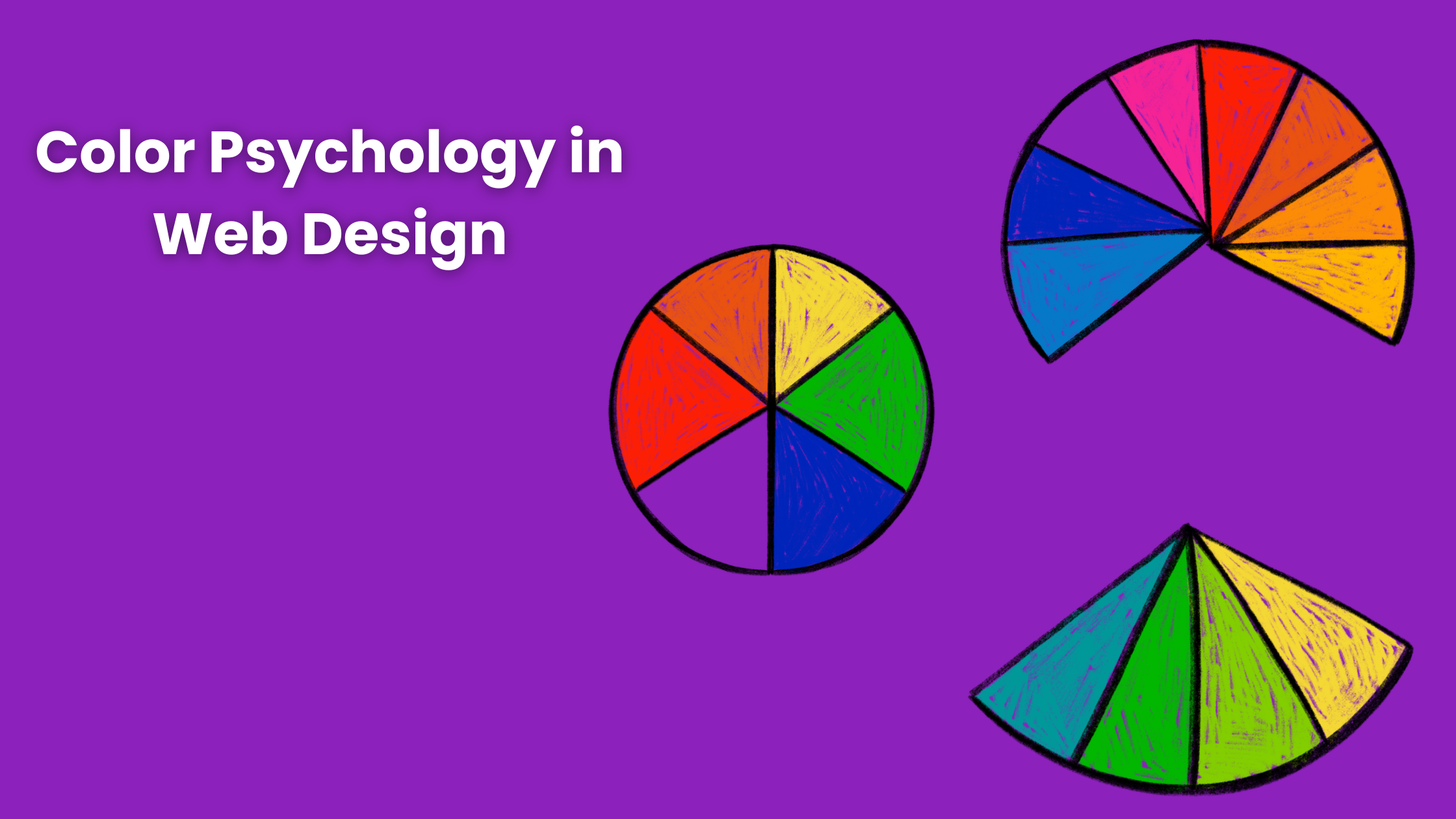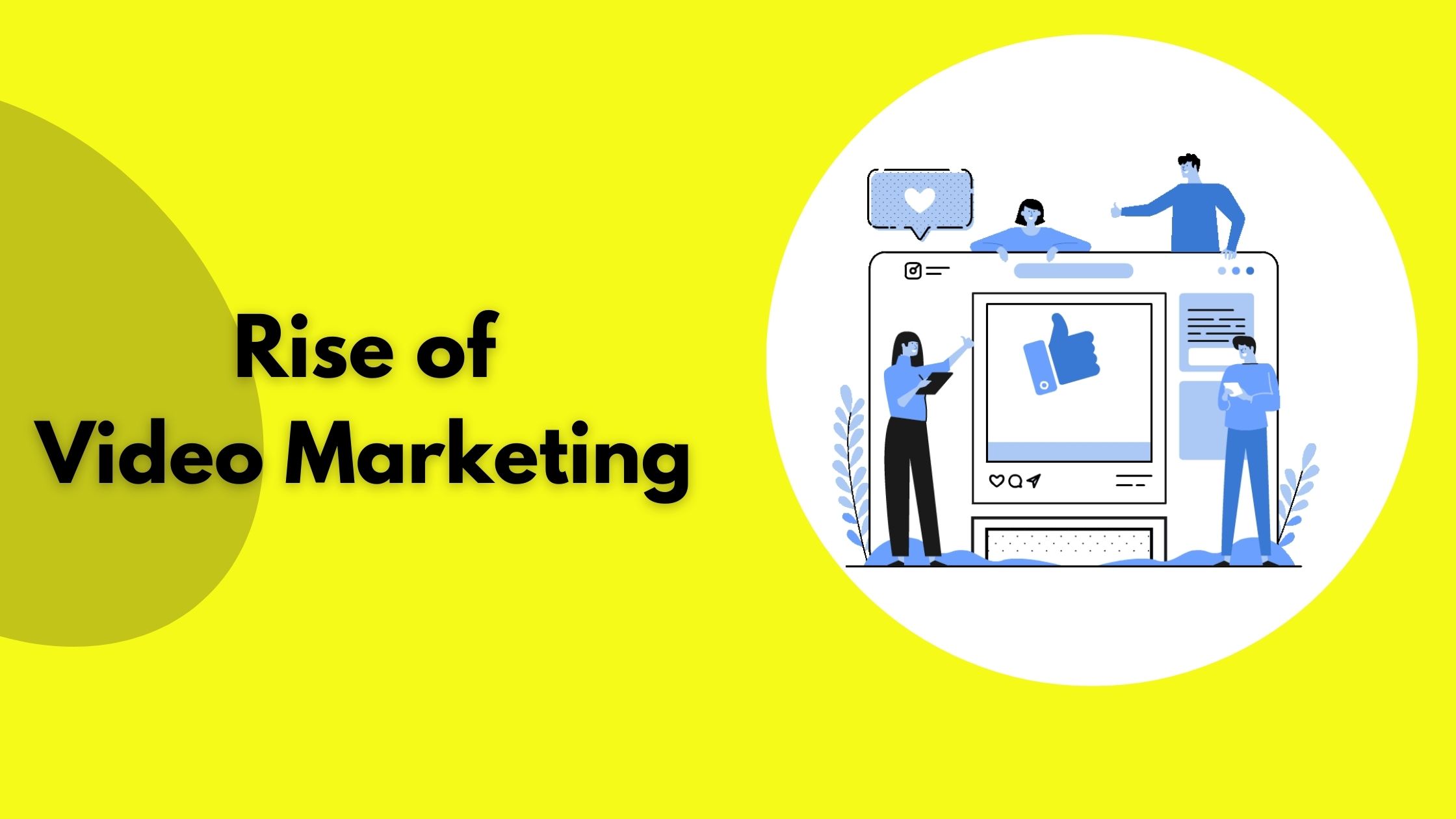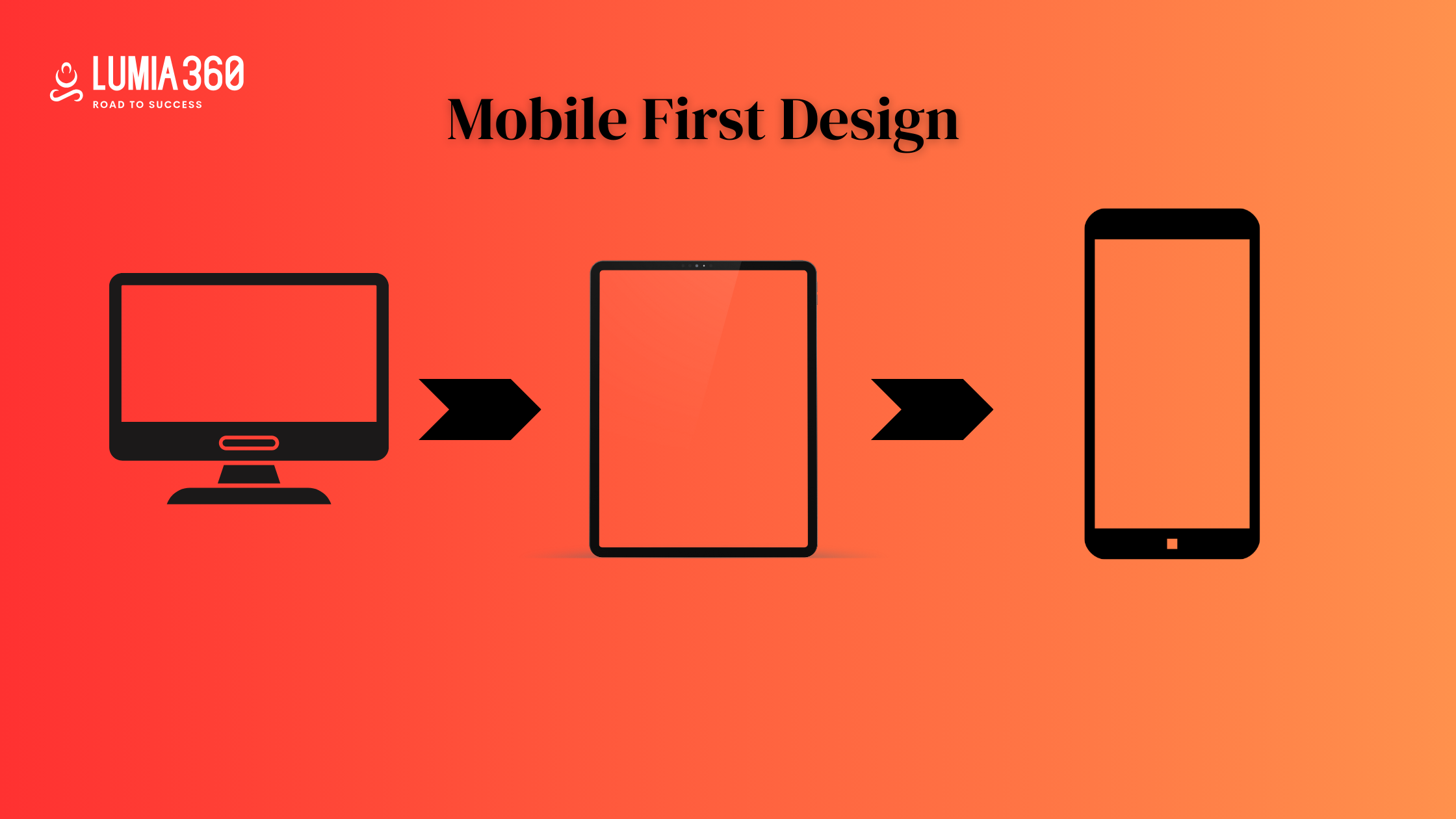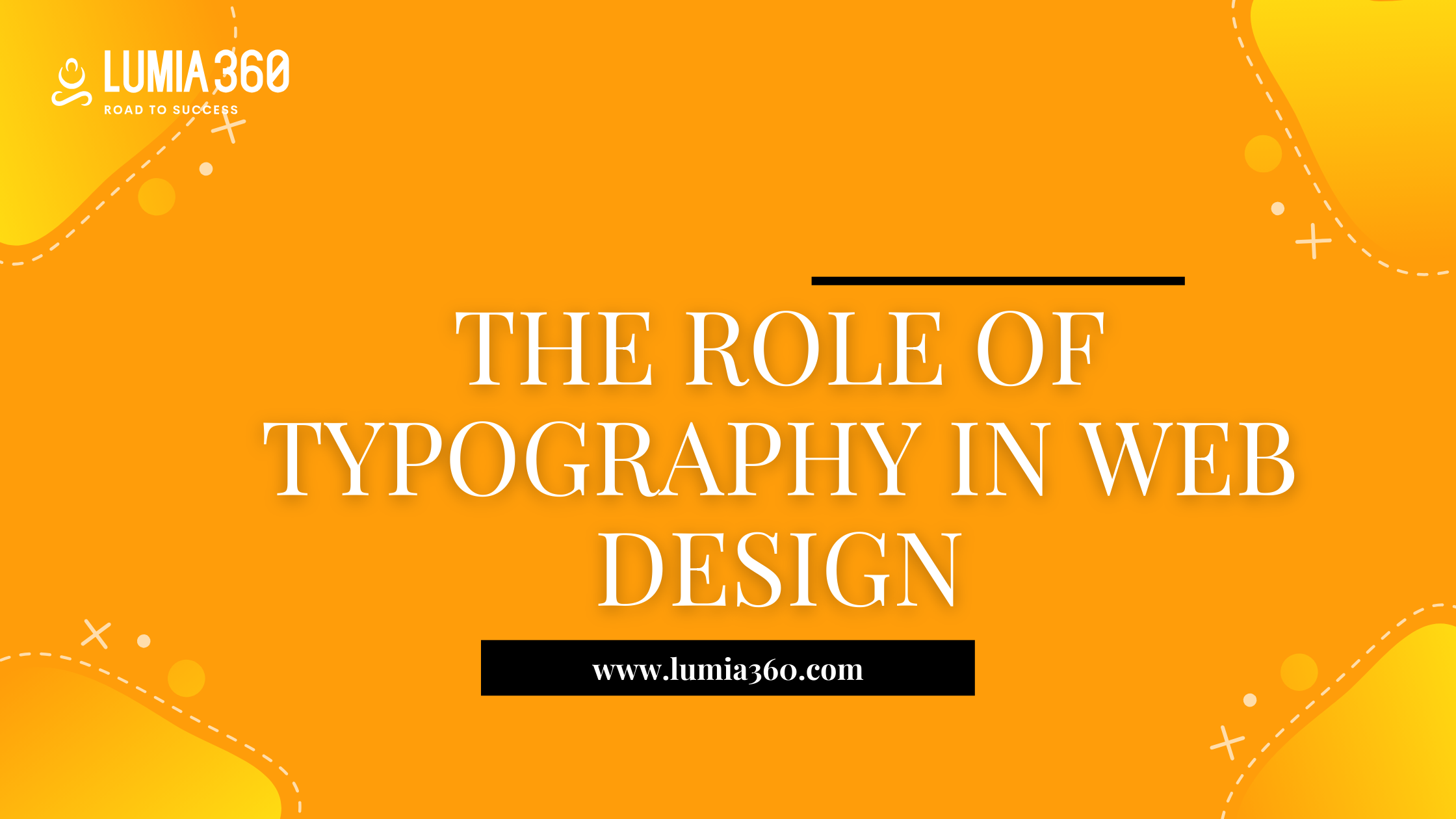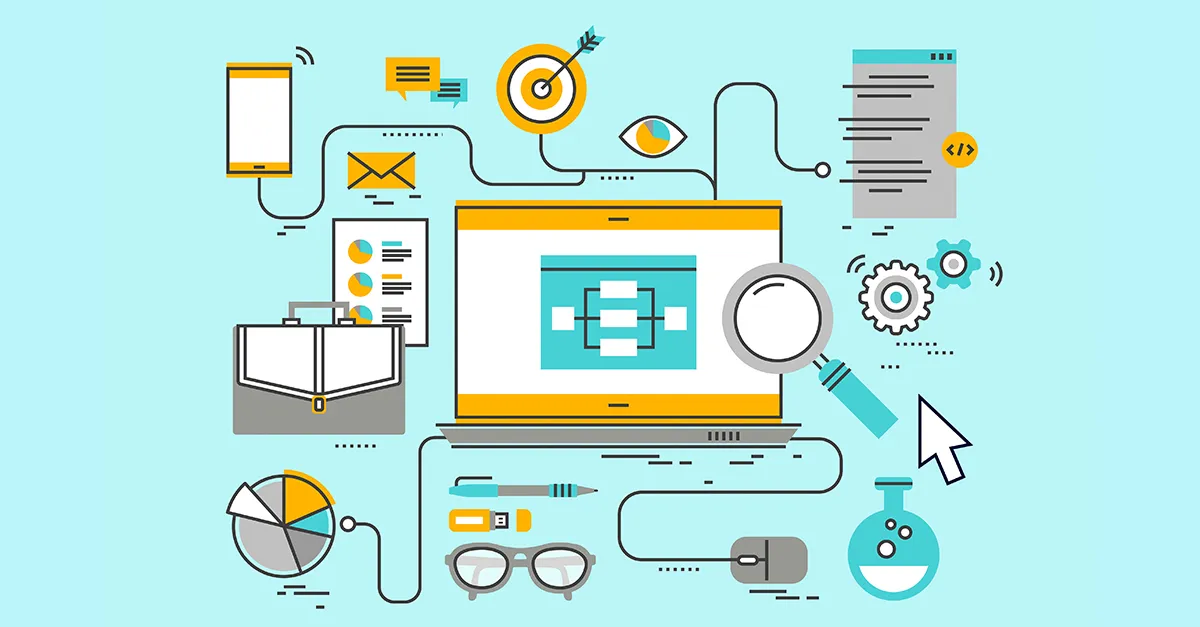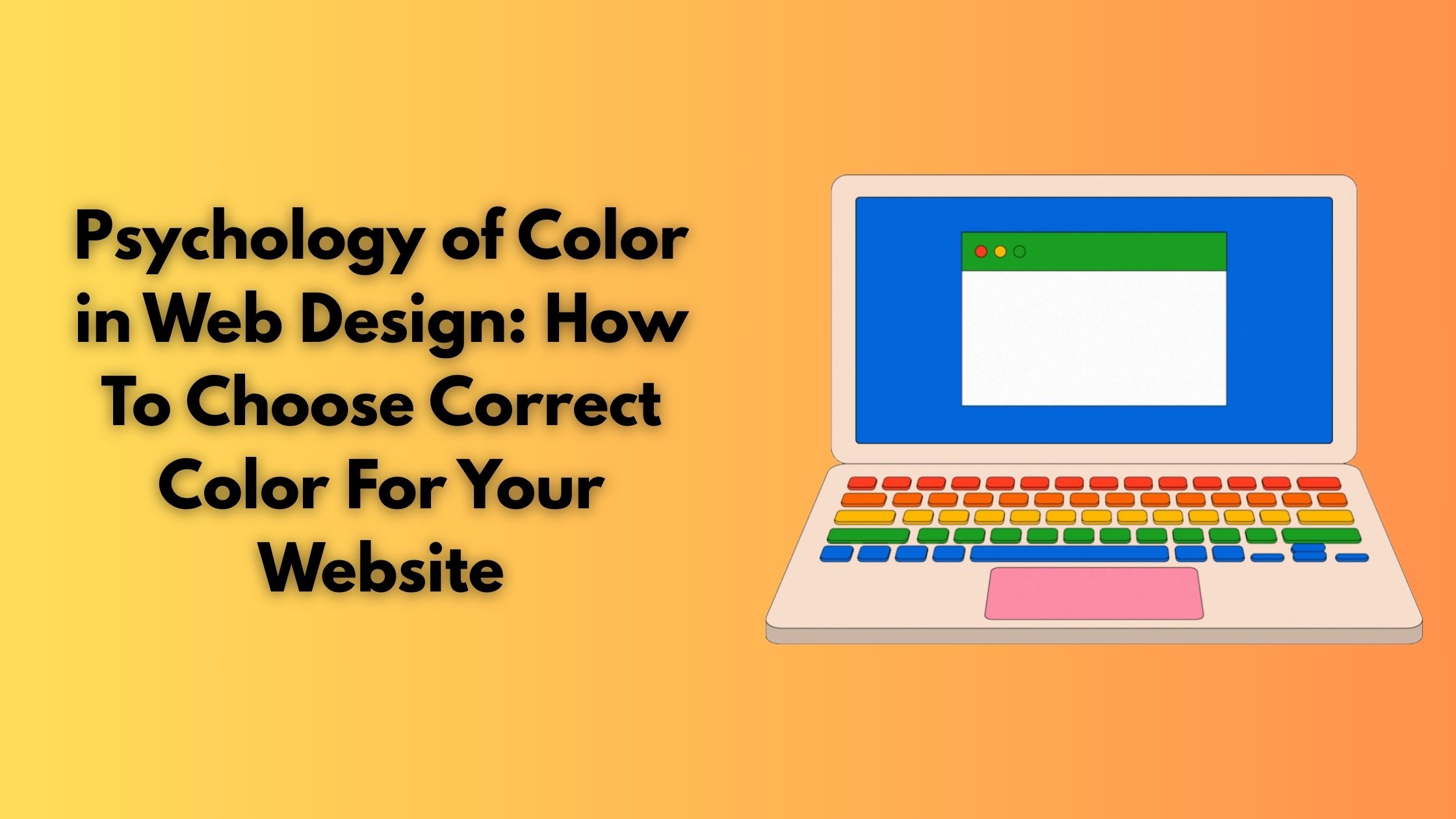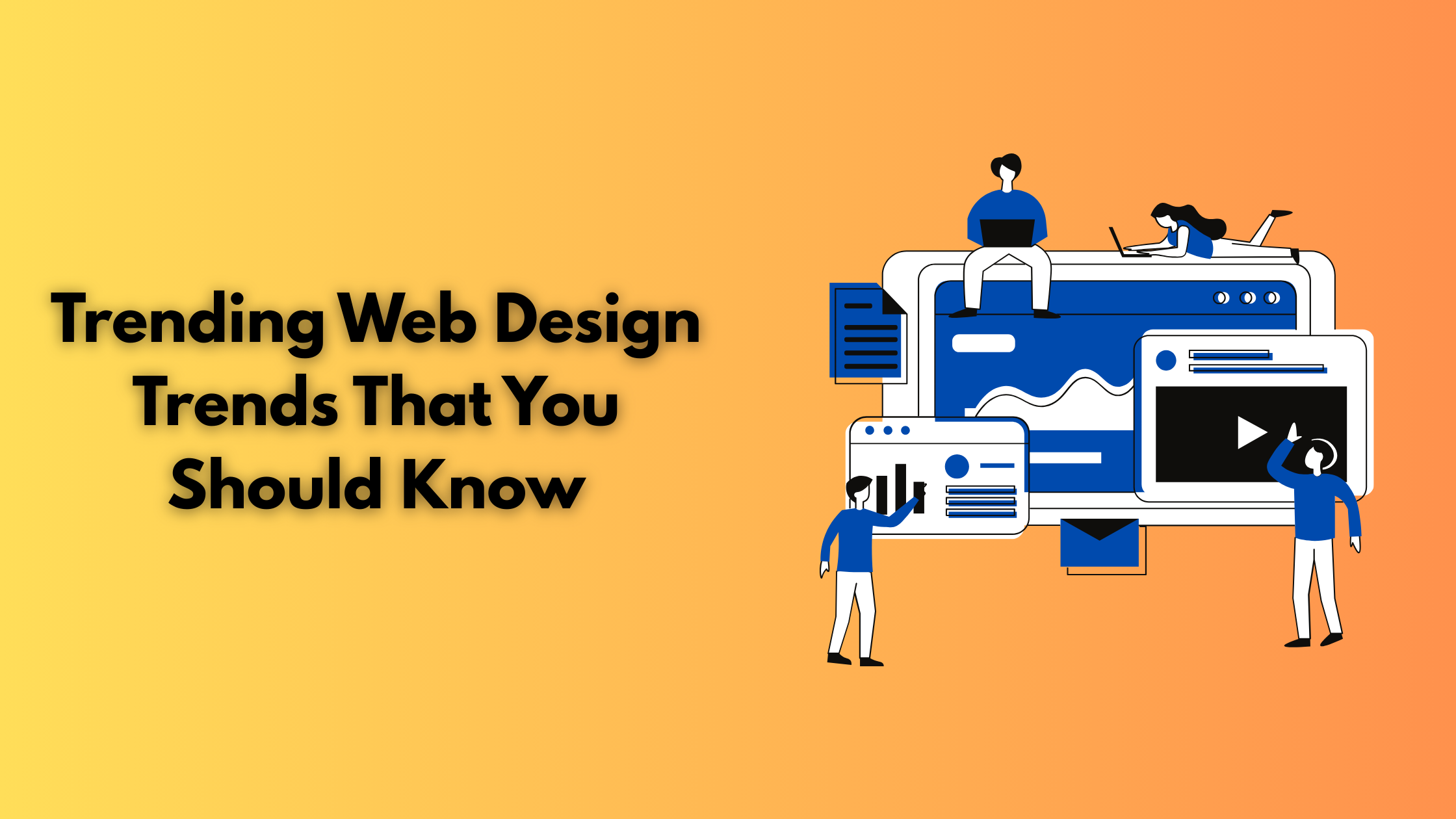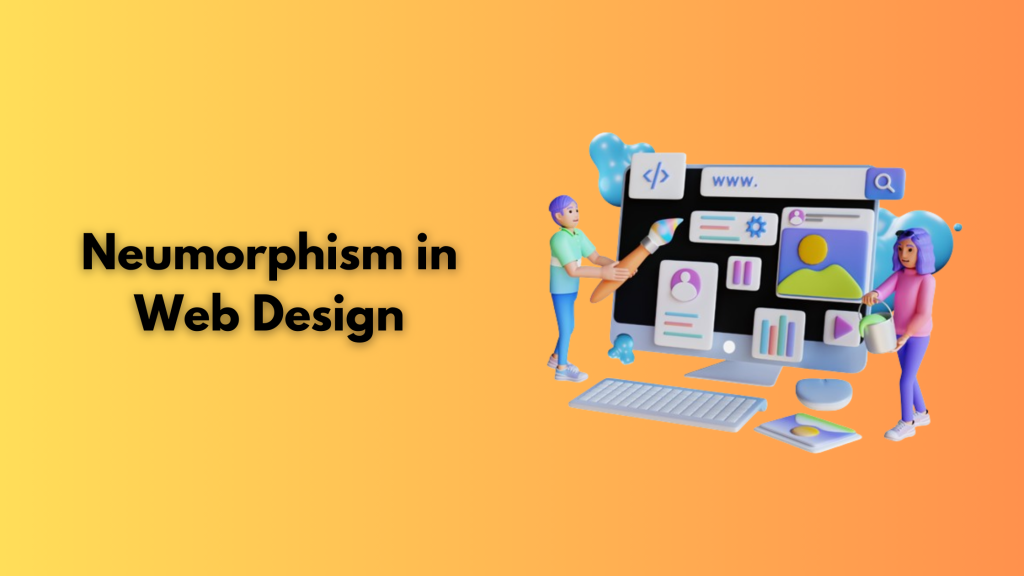
Web design influences 94% of first impressions. It is important to keep up with the latest trends to stay relevant in the market. Neumorphism is a web trend that captures everyone’s eyes. It is the blend of two words: “new” and “skeuomophism”. It has become one of the favourite web design trends for modern websites. It combines the minimalism of a flat design with the depth of skeuomorphism. Which creates a soft and extruded plastic look. This makes the website look more futuristic and attractive.
It emphasises subtle shadows and highlights so that user interface (UI) elements get a three-dimensional appearance. However, this design didn’t last for long. Not everyone at present is fond of it.
In this article, we’ll learn what neumorphism is, its benefits and challenges, and how to implement it in your design.
What is Neumorphism and its characteristics?
Neumorphism is a modern graphic design technique that combines skeuomorphism, flat design, and realism. Skeuomorphism is a design concept that makes items represented as they are in the real world. It is used in many fields, such as architecture, interior design, etc.
Neumorphism takes all the positive elements of skeuomorphism and combines them with flat design. It creates user interfaces that are soft and almost 3D in appearance. It helps in creating a realistic visual style. Buttons and other elements in neumorphism UI design appear on the top of the background surface in an elevated form. Neumorphic elements appear slightly elevated from the background surface. It features textures and shadows.
Some of the characteristics of Neumorphism are:
- Minimalist color scheme with low contrast. It includes soft, neutral, and pastel shades.
- Rounded corners and smooth curves help in blending UI elements into their background.
- The use of light and shadow helps in adding depth and dimension, which helps in offering a touchable sensation. The aesthetics move away from the conventional design, providing an attractive look.
Benefits and challenges of Neumorphism

Neumorphism helps in improving the UX. Some of the other benefits of it are
- It provides a sense of familiarity. It enables users to interact with UI elements. These elements give a feel of real-world objects.
- Attractive designs with soft UI elements that are in contrast to bright and flat design.
- It provides an efficient user experience by giving UI elements a 3D effect that stands out from the background. It uses the concept of depth and dimensionality.
- The use of organic shapes and animation creates a sense of warmth, which helps in building an emotional connection with the users.
- The unique visual style helps in grabbing users’ attention and encourages them to engage with more products.
- It also helps in building a unique market position and standing out from the competition.
Challenges
However, along with the benefits, Neumorphism also comes with its own challenges.
- Issues in contrast and accessibility, like using a low color contrast of UI elements against their background. It can make it difficult to read or grasp its meaning, specifically for visually impaired individuals.
- It can often become overly familiar rather than impactful. The repeated use of neumorphic elements leads to the loss of their unique identity. Making the design monotonous and boring.
- Creating neumorphic effects with particular shadows and highlights can affect the scalability and consistency. It is hard to maintain and adapt across different devices.
- The cost of complex design elements and animation increases the development cost.
- The emphasis on visual effects can lead to over-design. Which can affect the user experience and accessibility.
- Neumorphism uses advanced design elements and animation, which can lead to compatibility issues with older browsers and devices. It limits the reach of the content.
How to use neuromorphism in your design
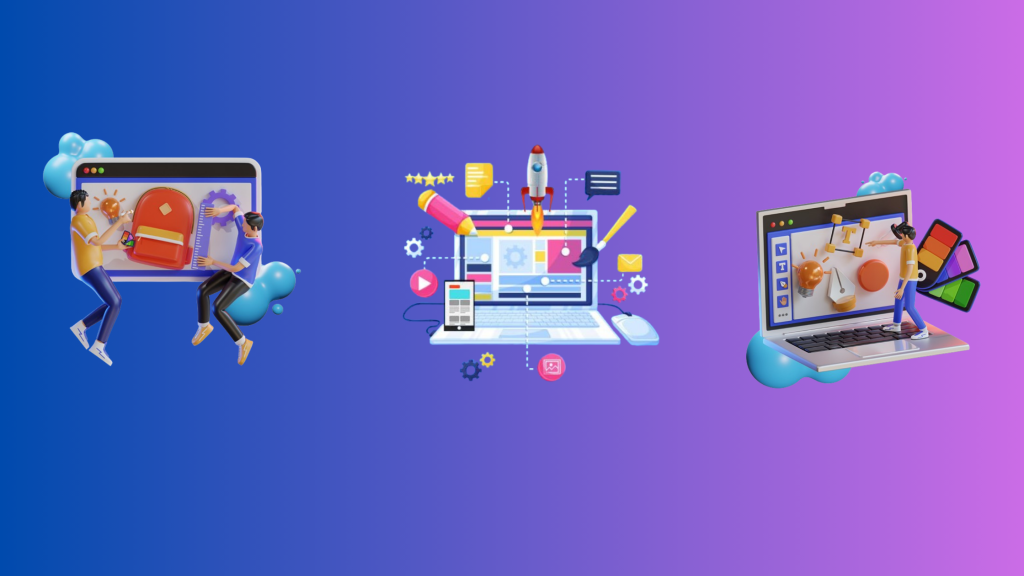
If you’re planning to implement a neumorphism in your UI design, then you should consider these tips
- Monochromatic Colour Palette: When implementing Neumorphism, you want to create soft aesthetics where shadows and highlights can blend naturally into the background without any strong contrasts. To achieve this, you must use a simple and monochromatic color palette such as soft grey, pastel tones, etc, like this mobile data concept created by Eddie Luong for Interactive Labs.
- Selecting Elements: Identify key elements within your interface on which you want to apply neumorphic style. Select interactive elements such as buttons, sliders, etc. For example, if you are designing a music player app, then you might implement a neumorphic style on the play/pause button and volume slider.
- Light Source: To create an effective neumorphic design, you need real-world lighting. Basically mimicking the way shadows would appear if the UI element were real. While applying shadows, maintain a consistent light source across the interface. For instance, imagine your light source is coming from the top right corner; then, you must create shadows with this light source in mind.
- Applying Shadows: Apply shadow and highlight to your chosen UI elements. It creates the characteristic depth that neumorphic design is famous for. You can apply two shadows to each element. One is to stimulate light hitting the element and create a shadow where light doesn’t reach If you want to create an elevated effect, include a light source to the top left of the element, selecting a color that is lighter than the background. After this, add a dark shadow to the bottom right of the elements. If you want to create an indented effect, the. Place the light source on the bottom right of the element and the dark shadow on the top left.
- Rounded Corners: Use rounded corners for creating a soft and approachable aesthetic. Round edges ensure a smooth and touchable sensation throughout the interface.
Neumorphism brings an engaging approach to web design by combining the depth and realism of skeuomorphism with flat design. By incorporating neumorphic elements, you can create intuitive and attractive interfaces that can enhance user experience. However, it is important to balance neumorphism with other design principles to ensure usability and accessibility. Lumia 360 helps you create attractive and user-friendly web design that can enhance your engagement and conversion rate.
Read Also: How to develop a Content Marketing Strategy that drives results
Read Also: How to Conduct a Digital Marketing Audit



